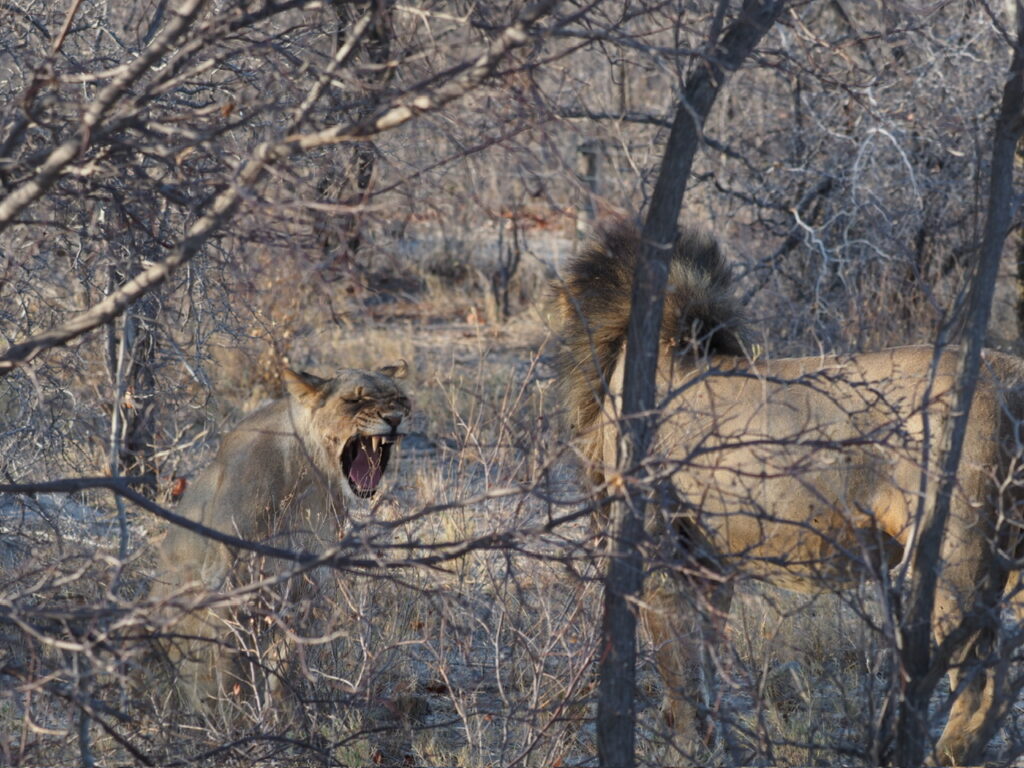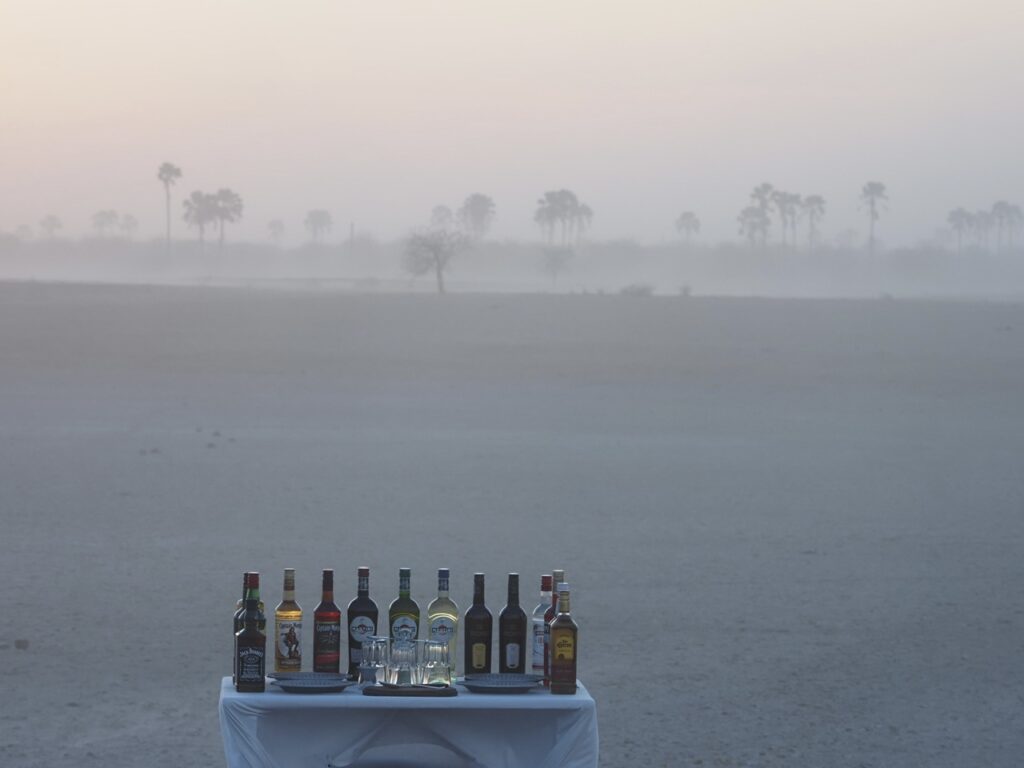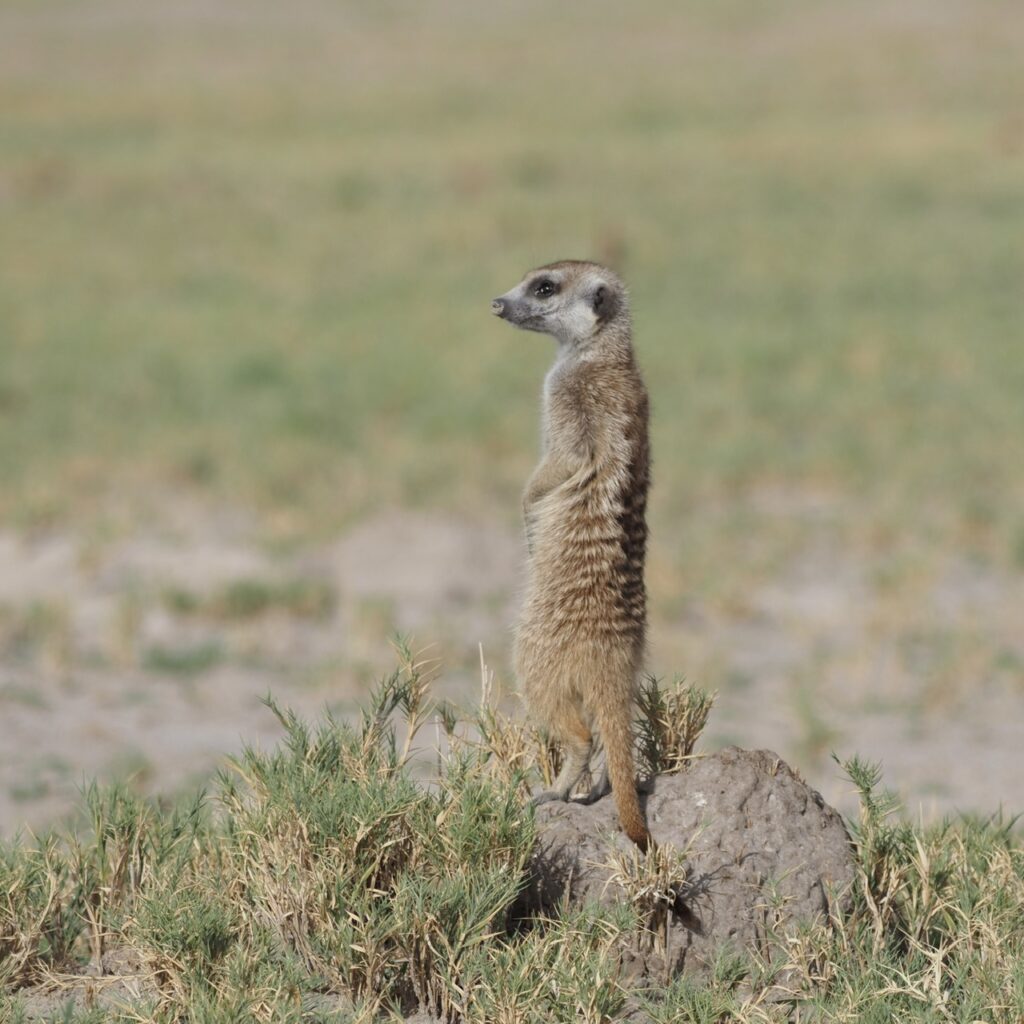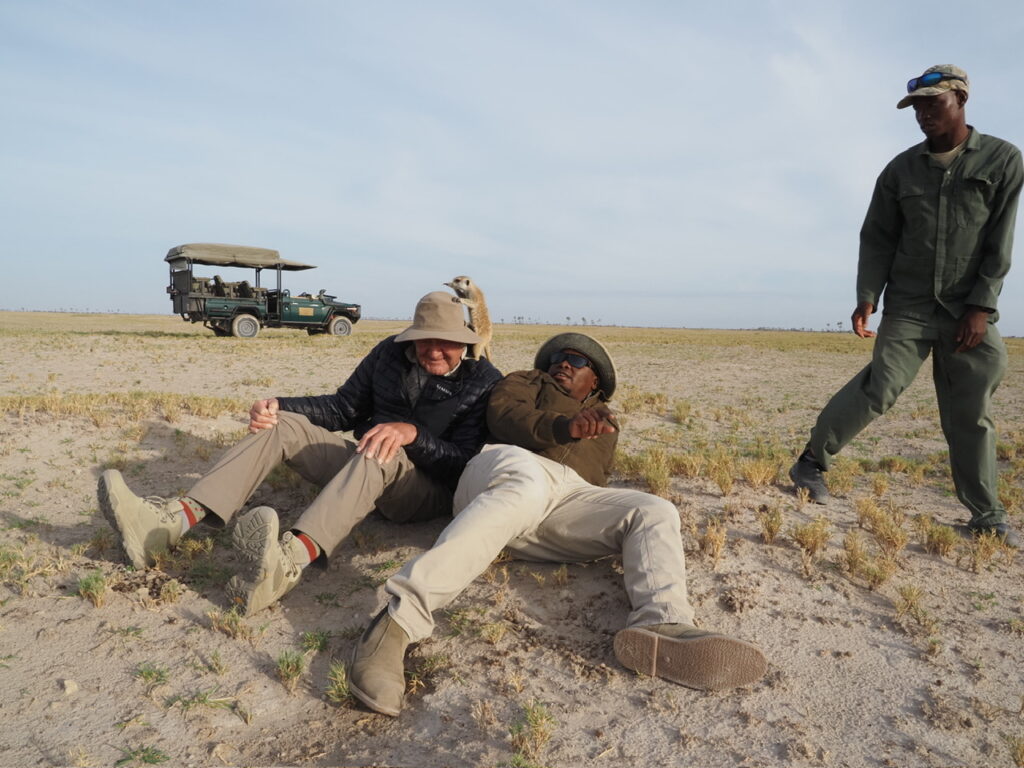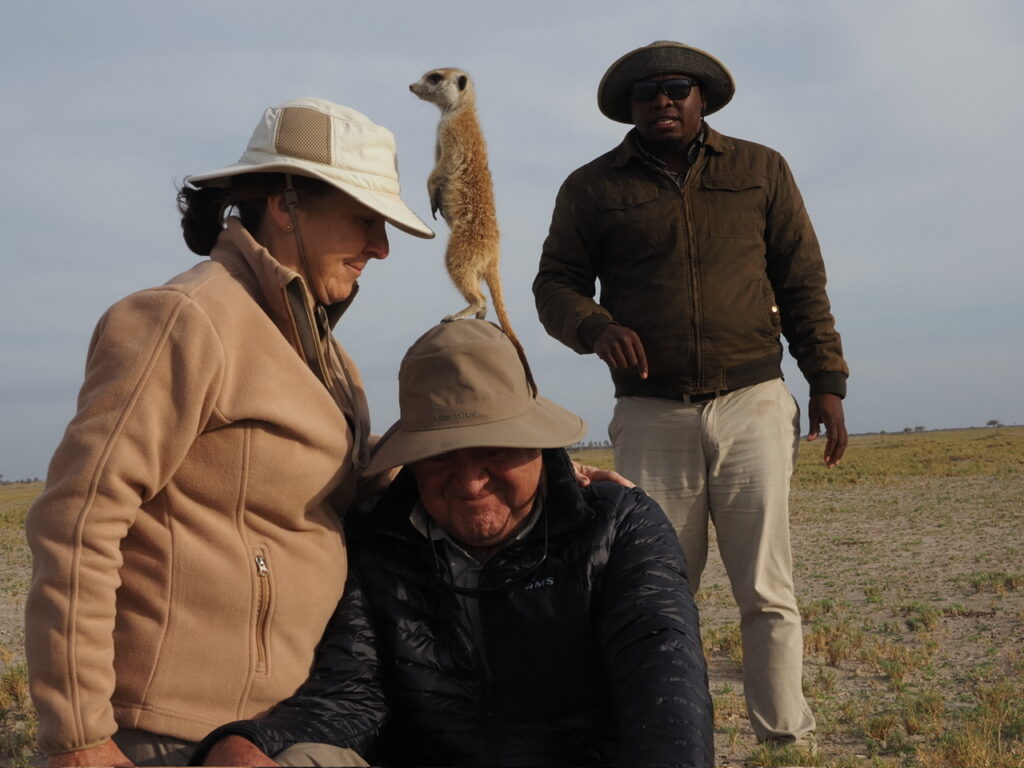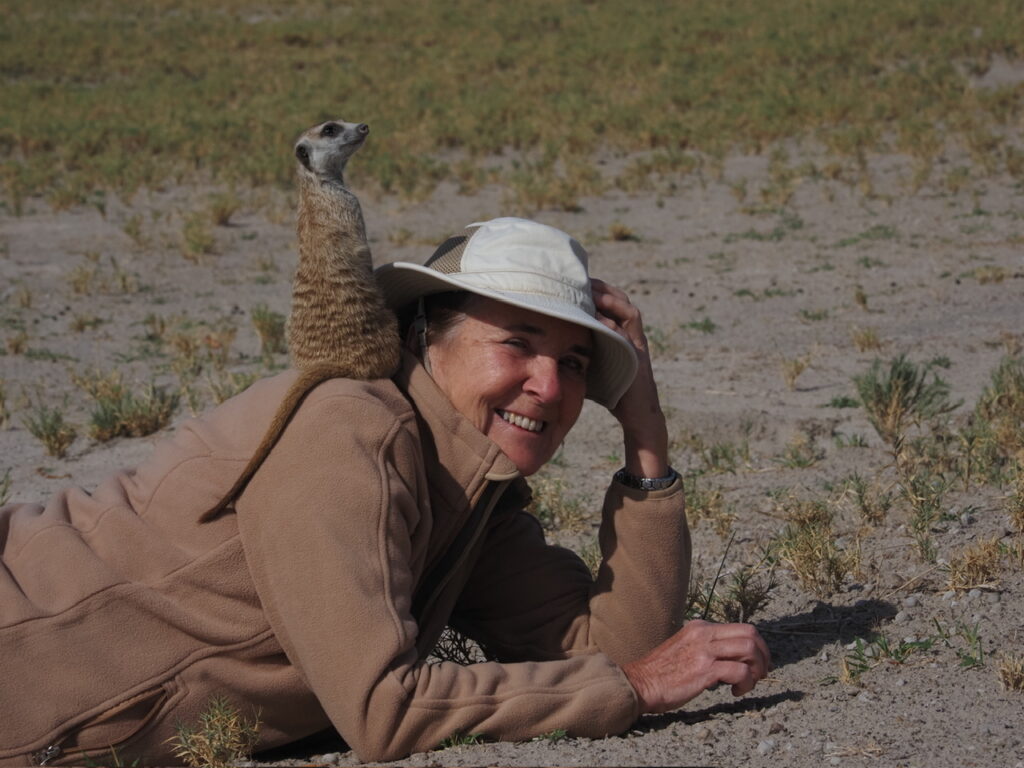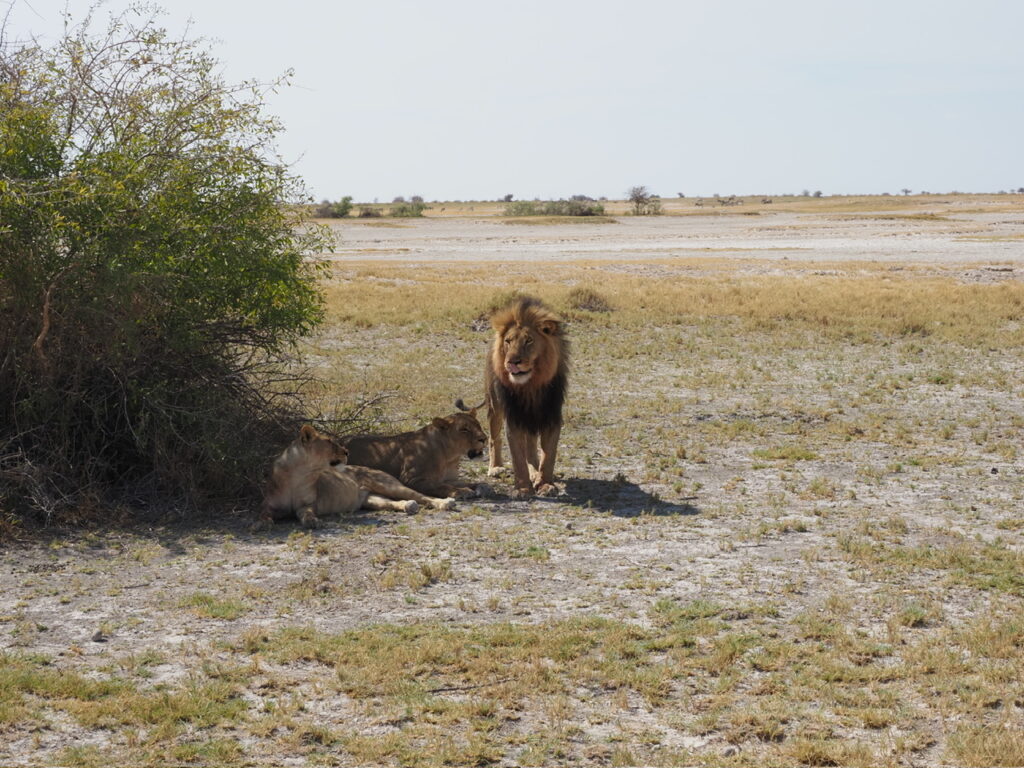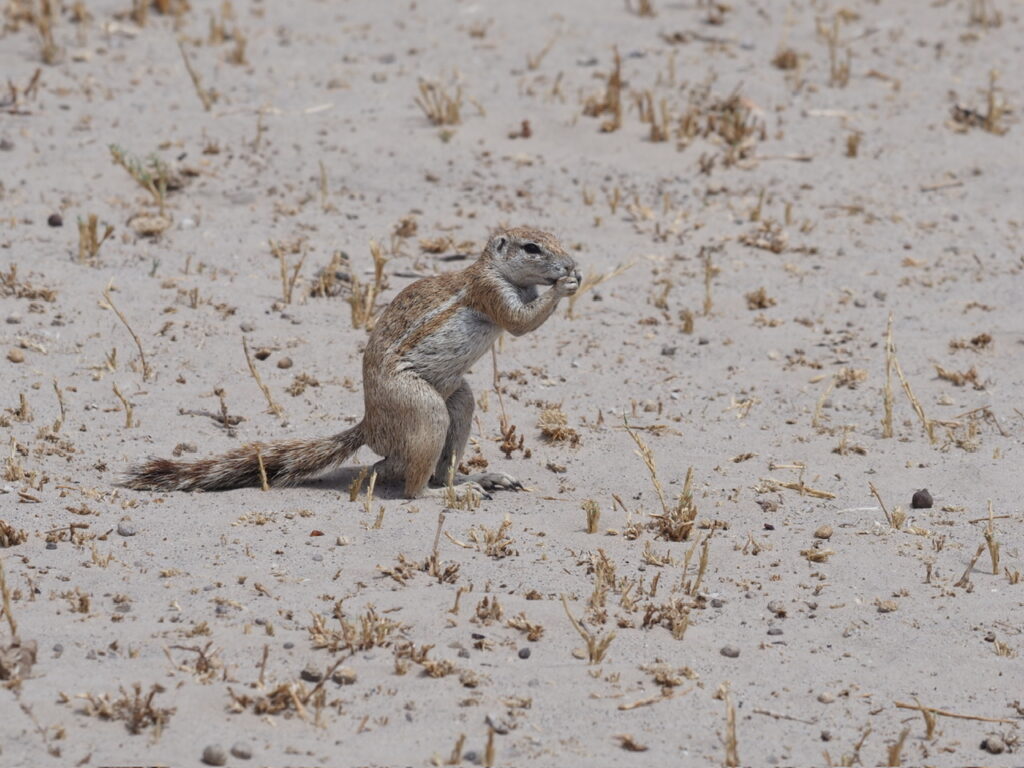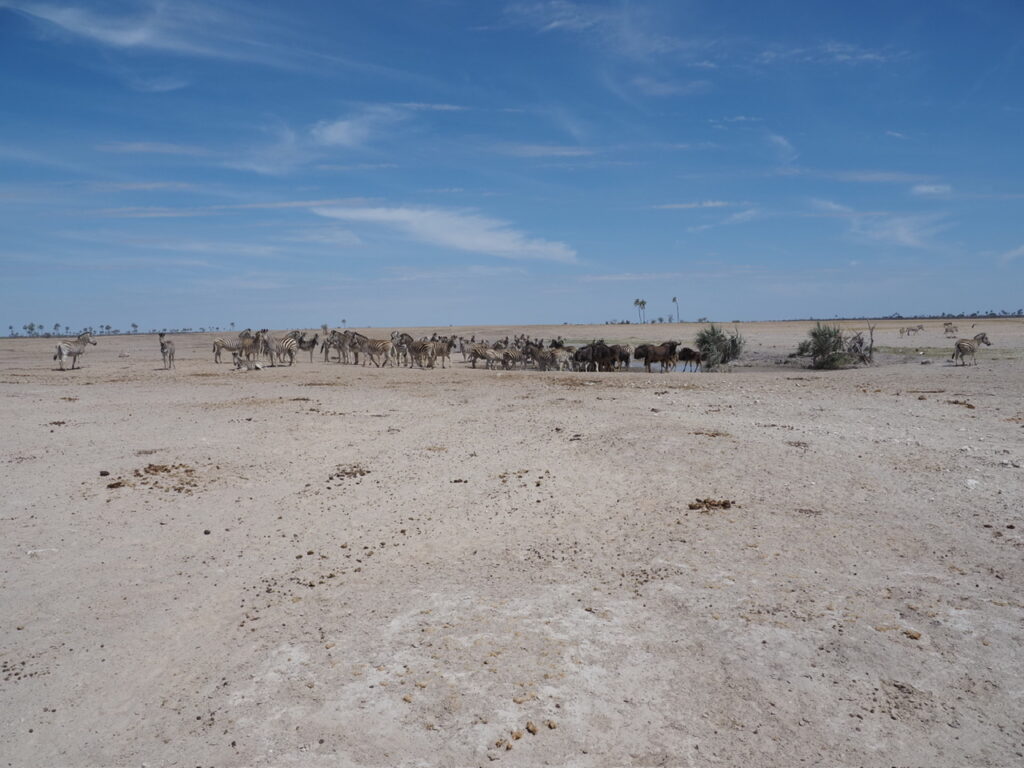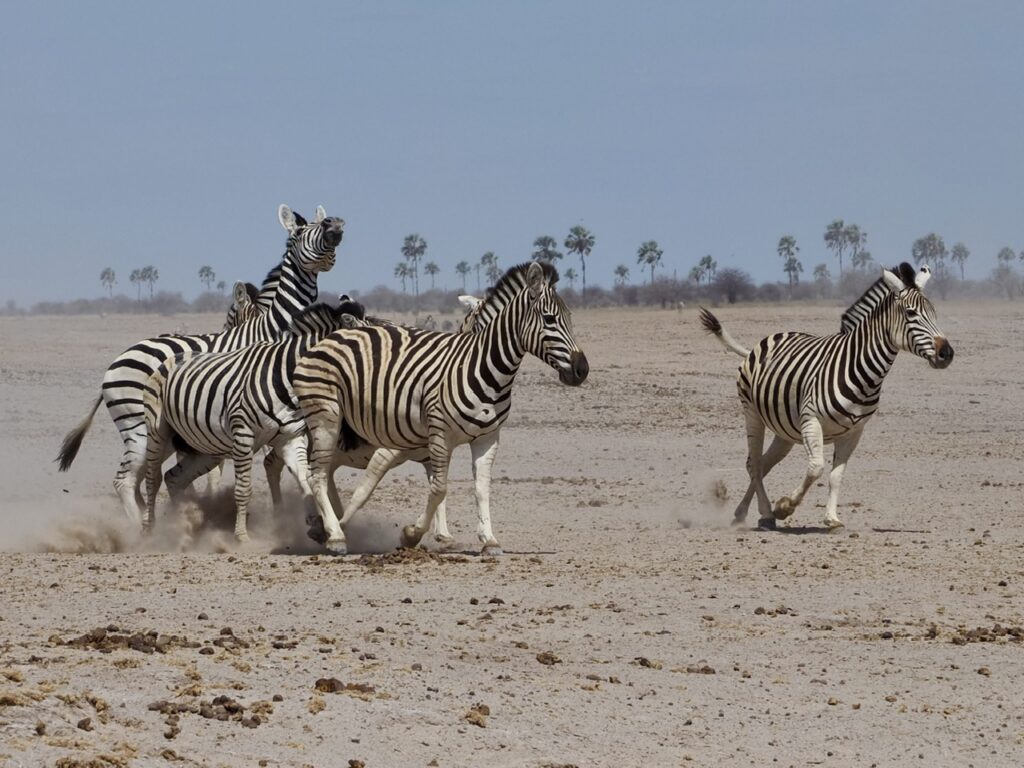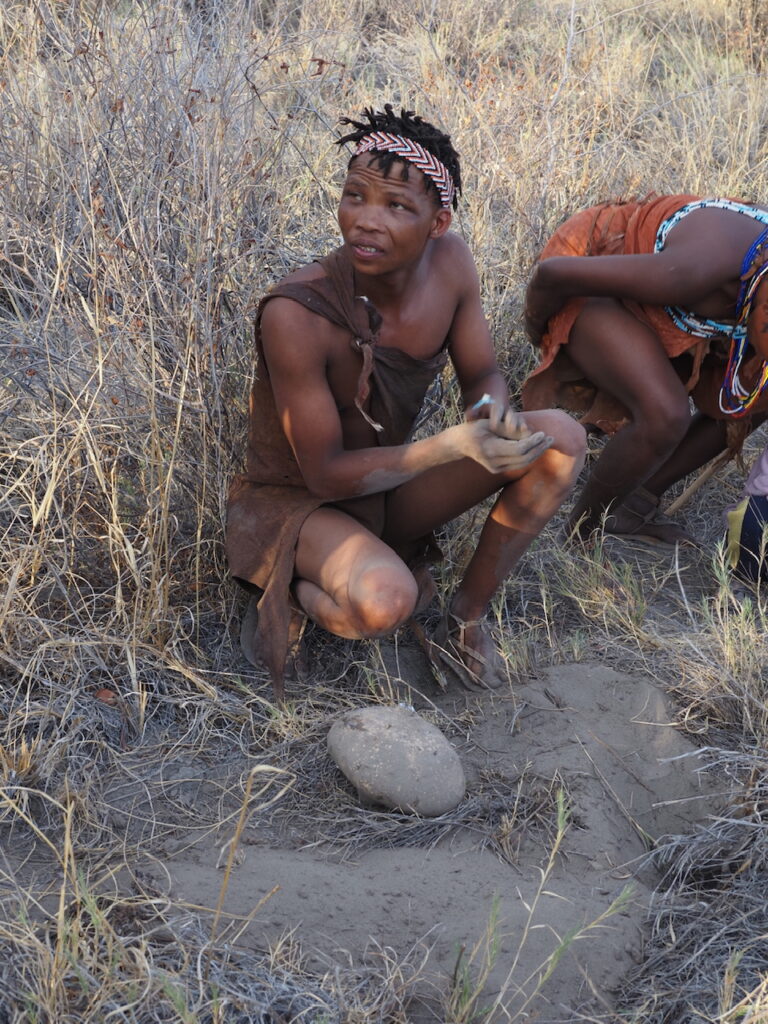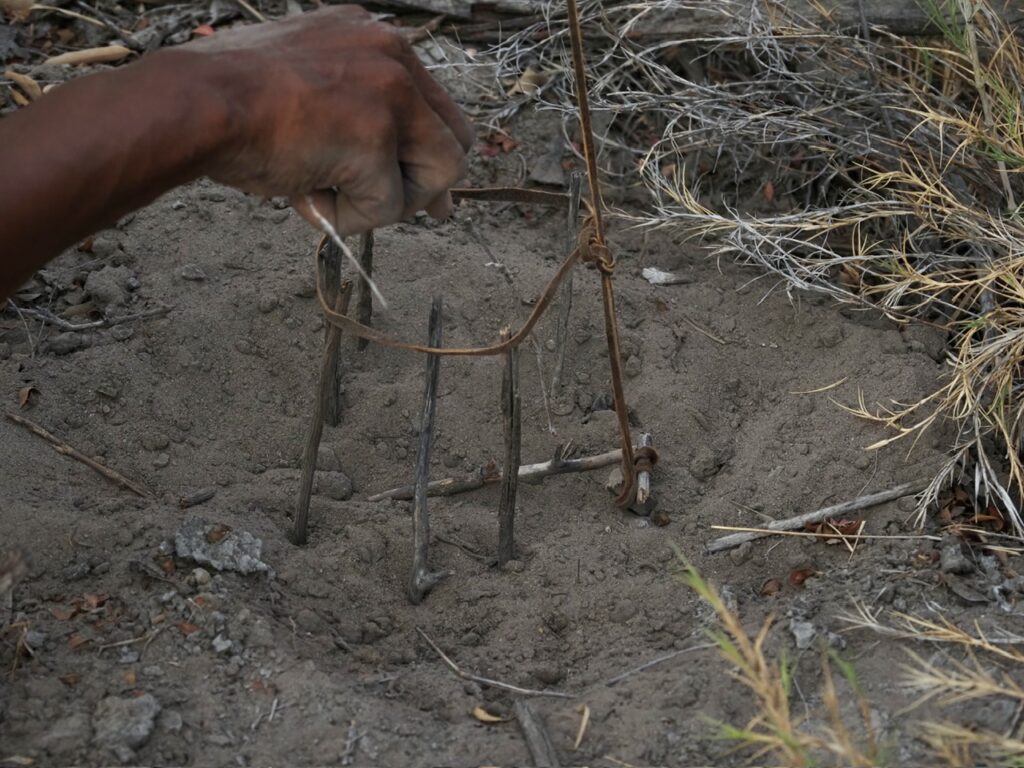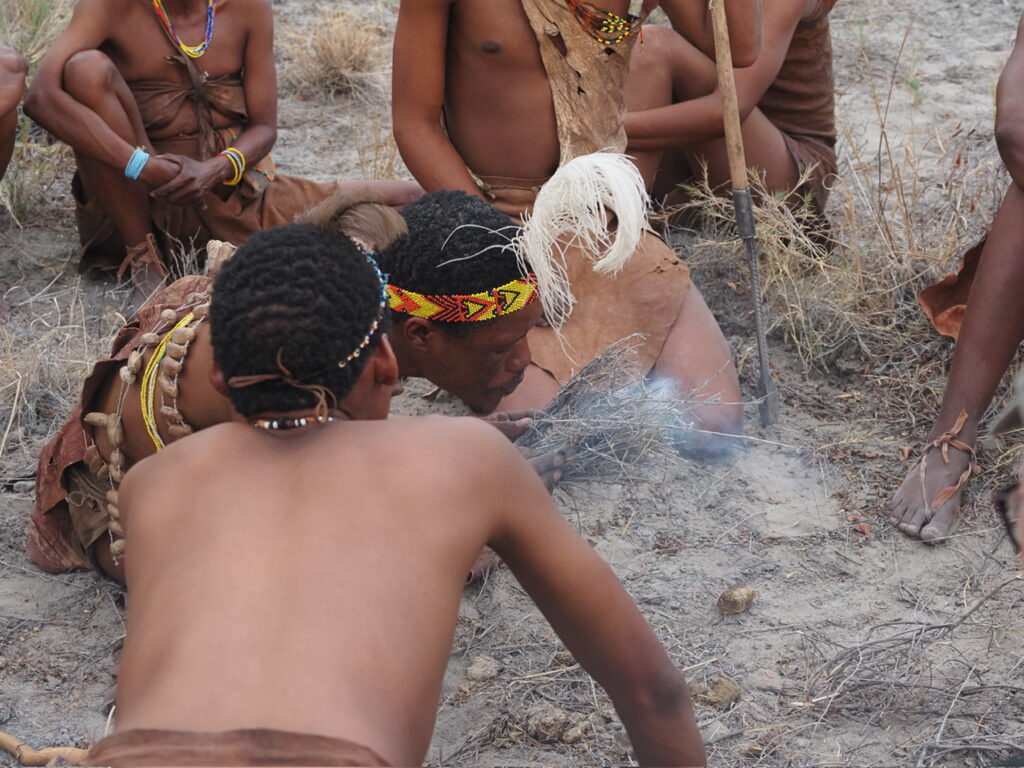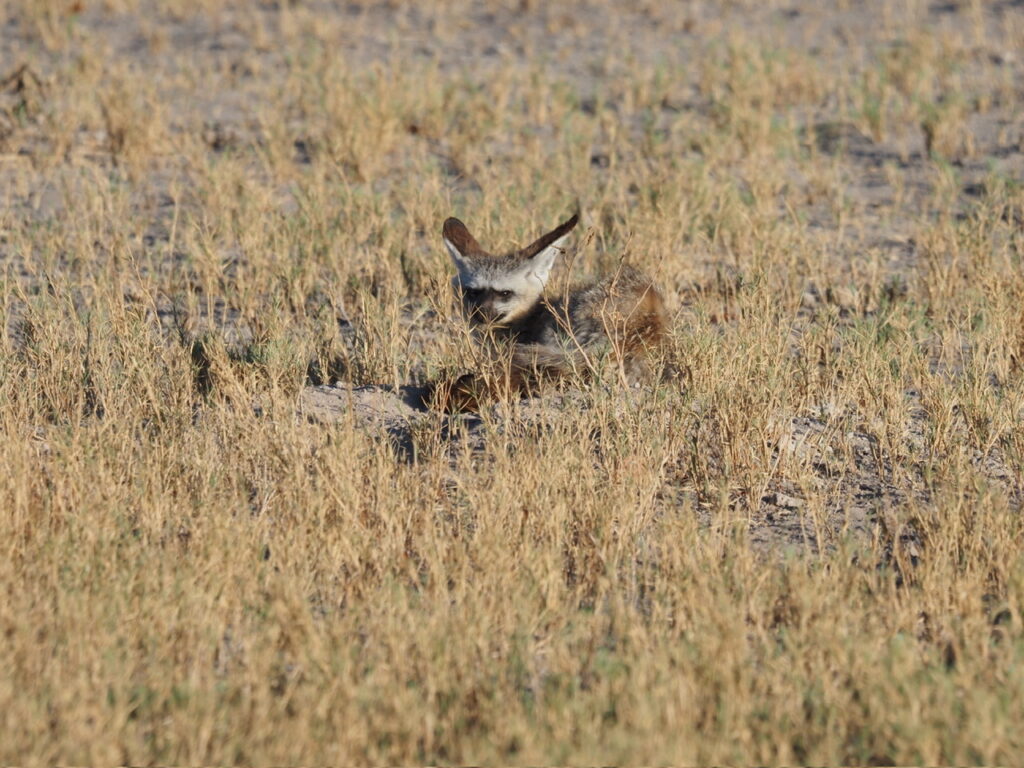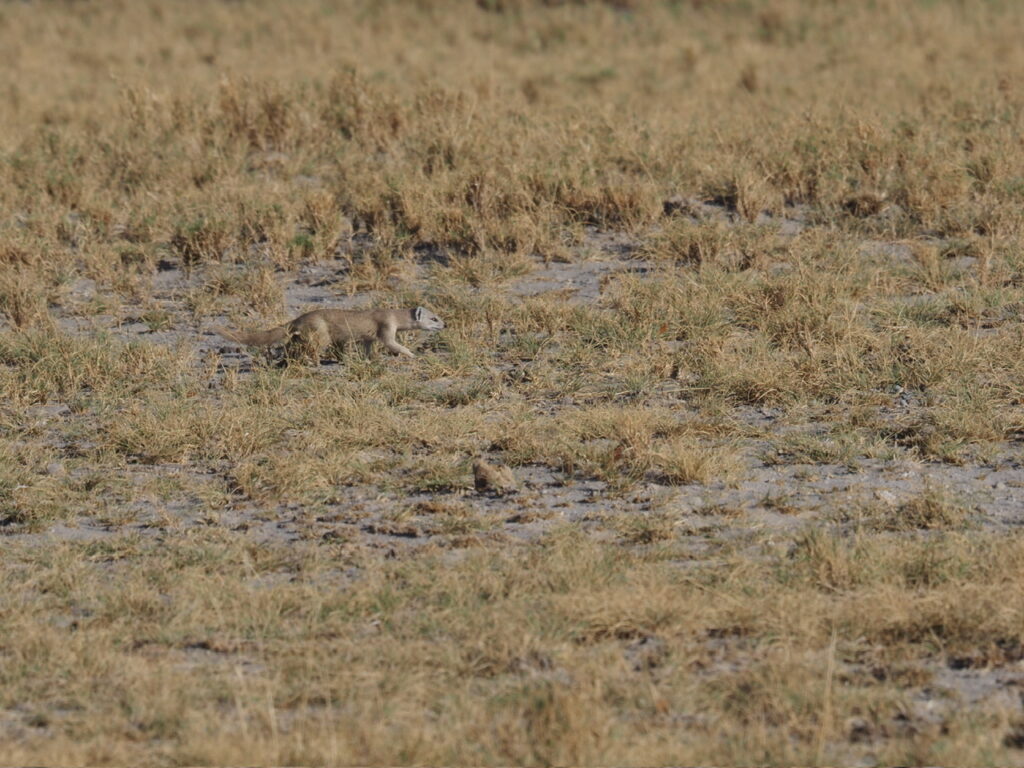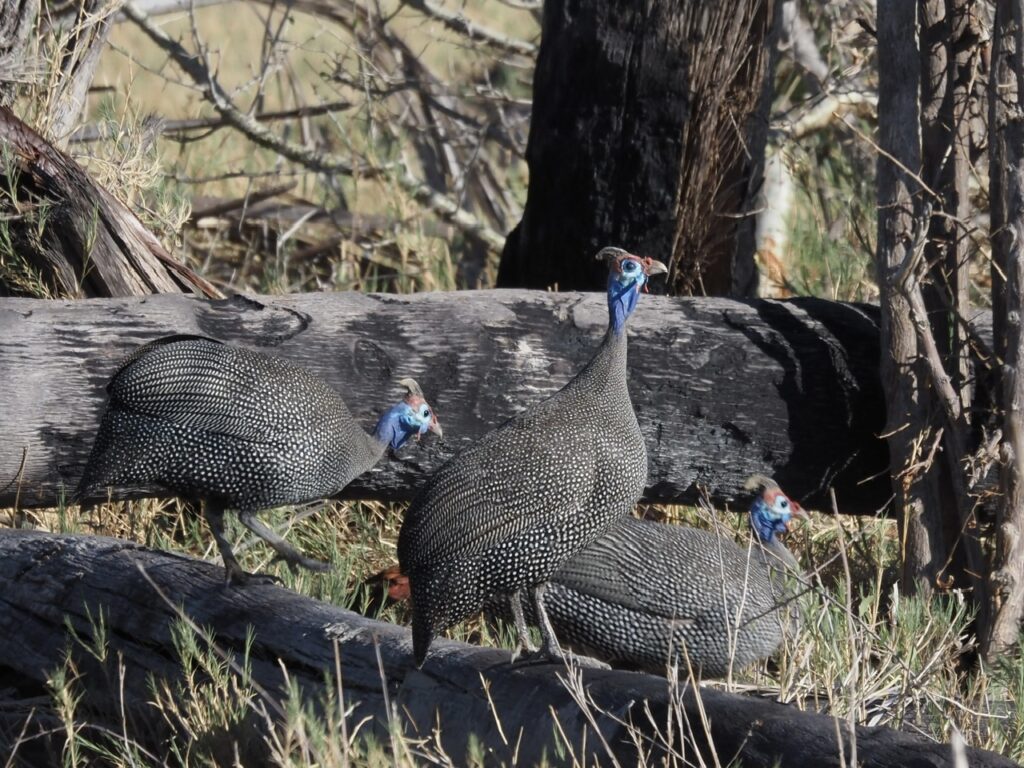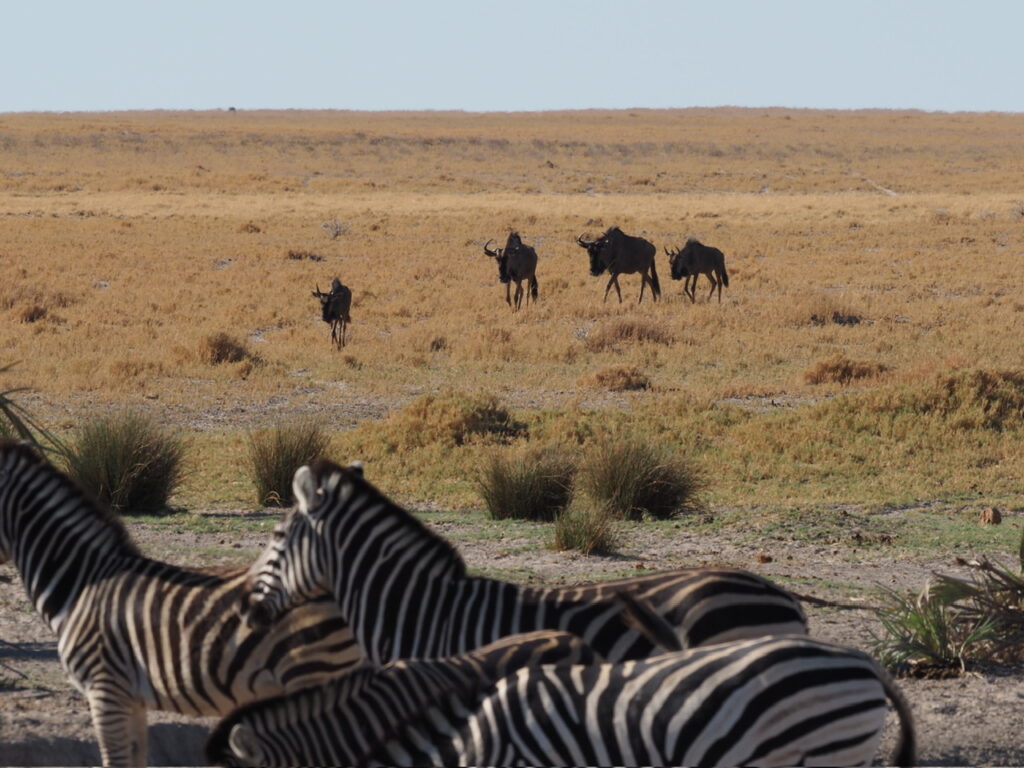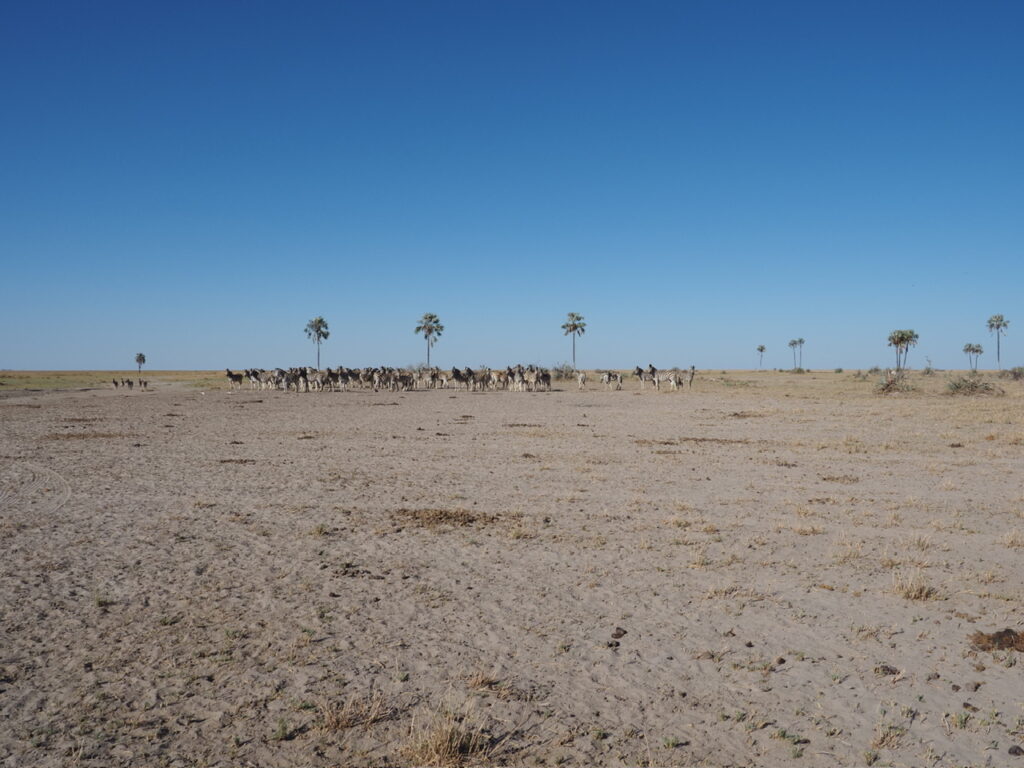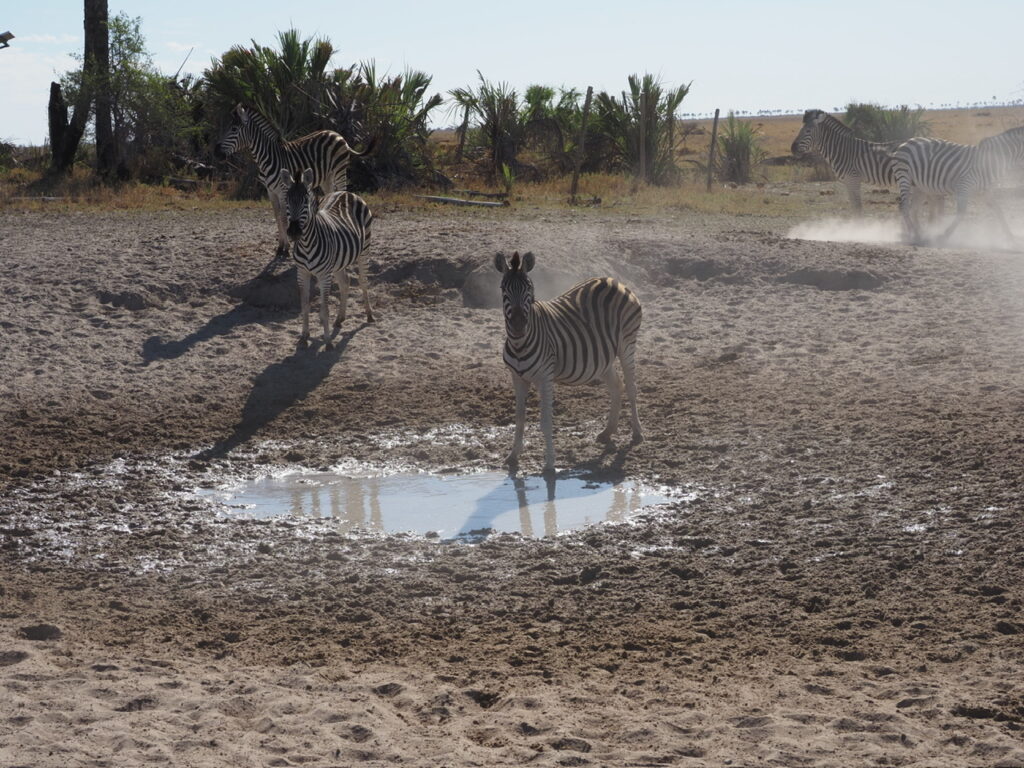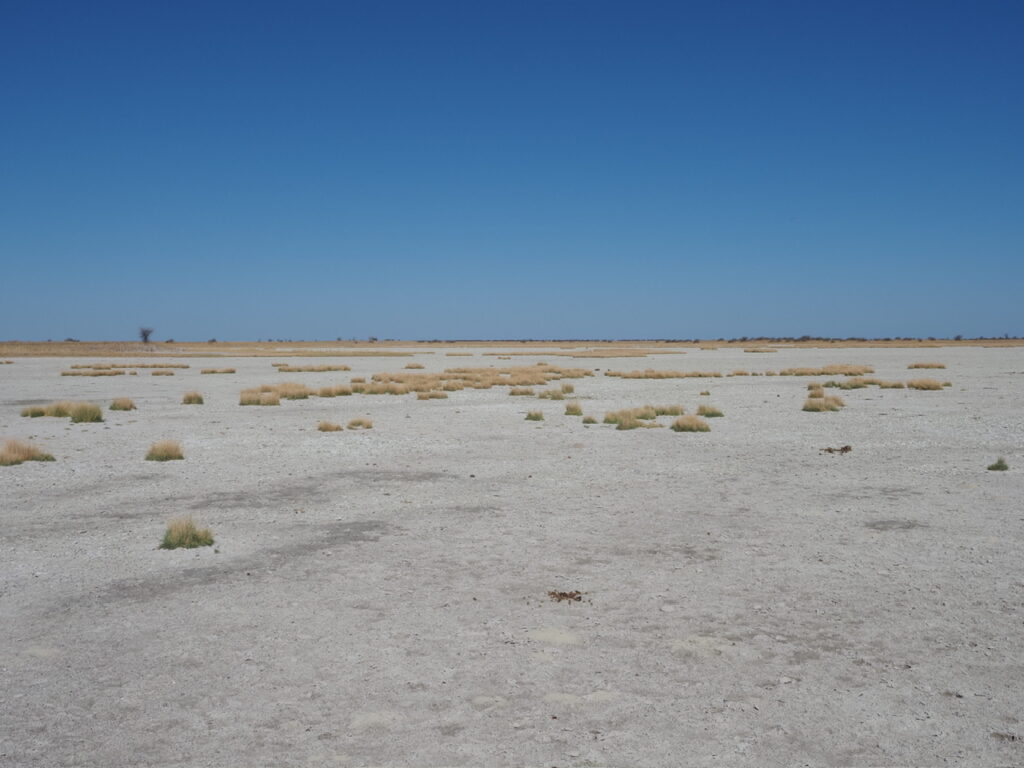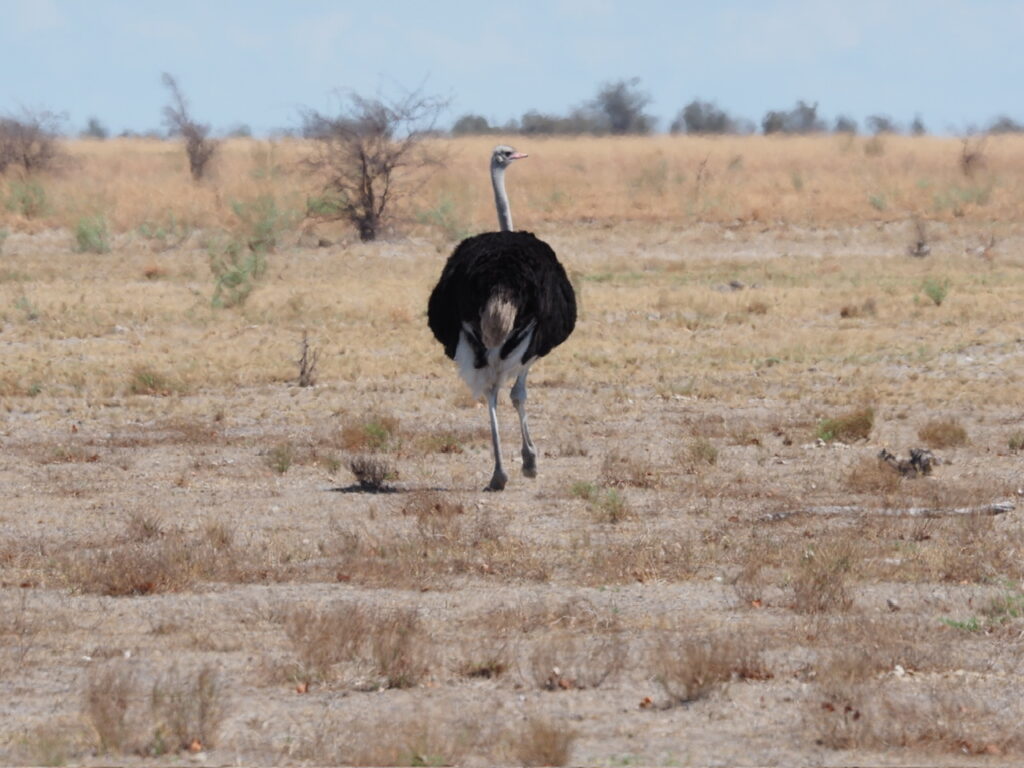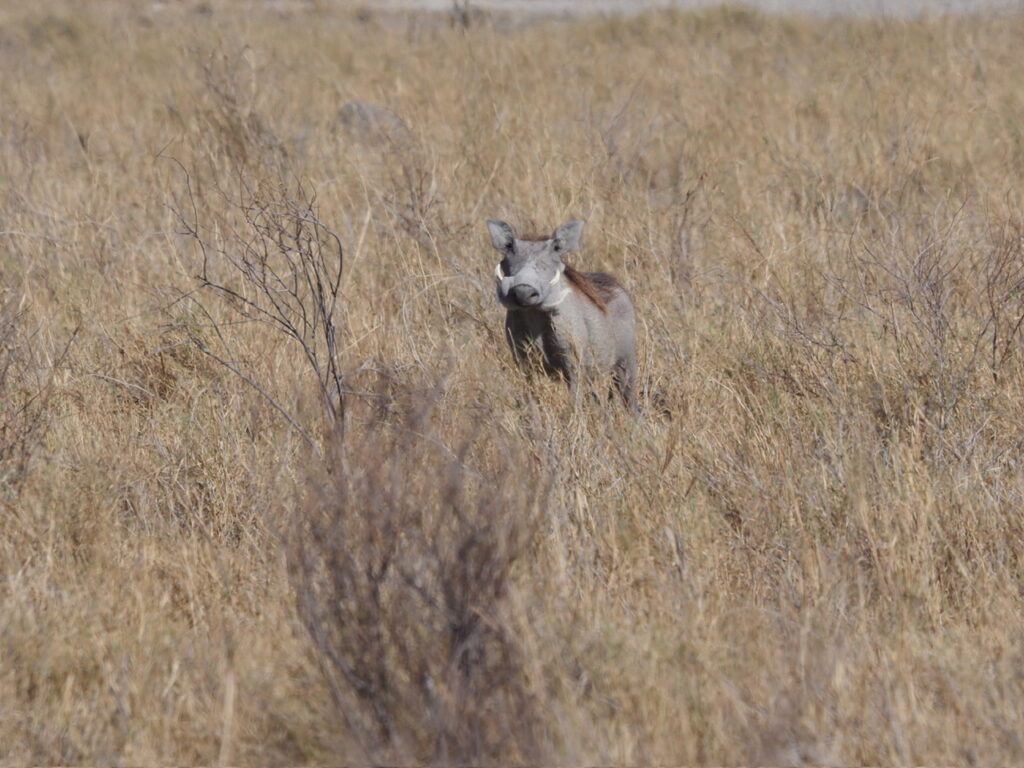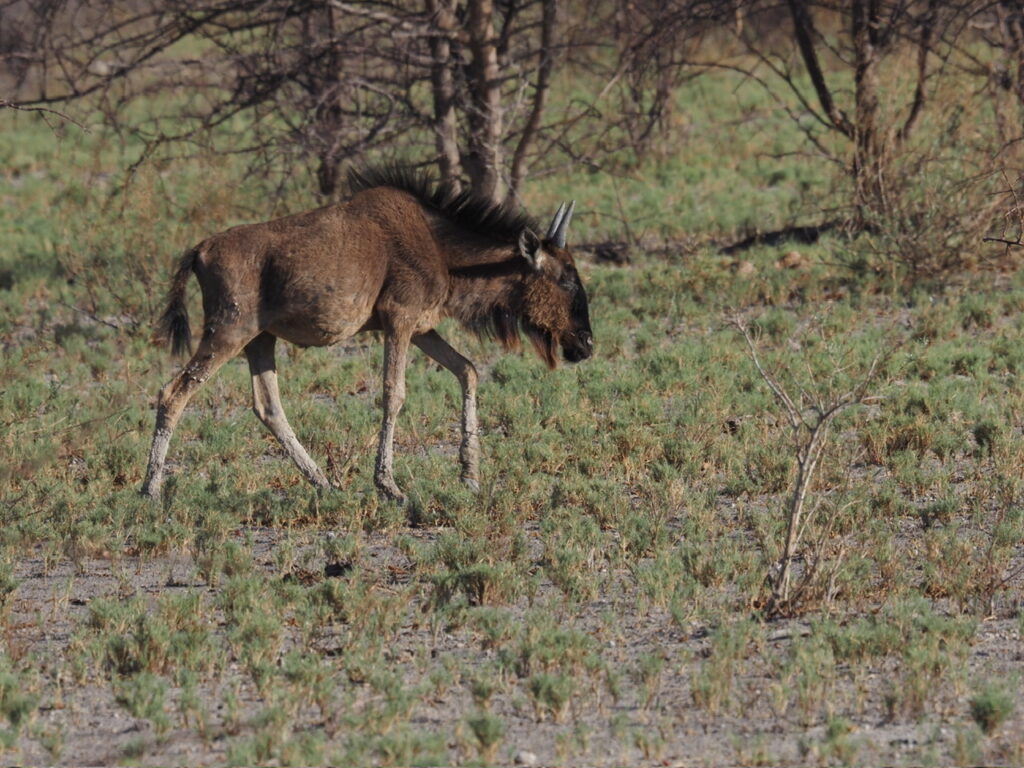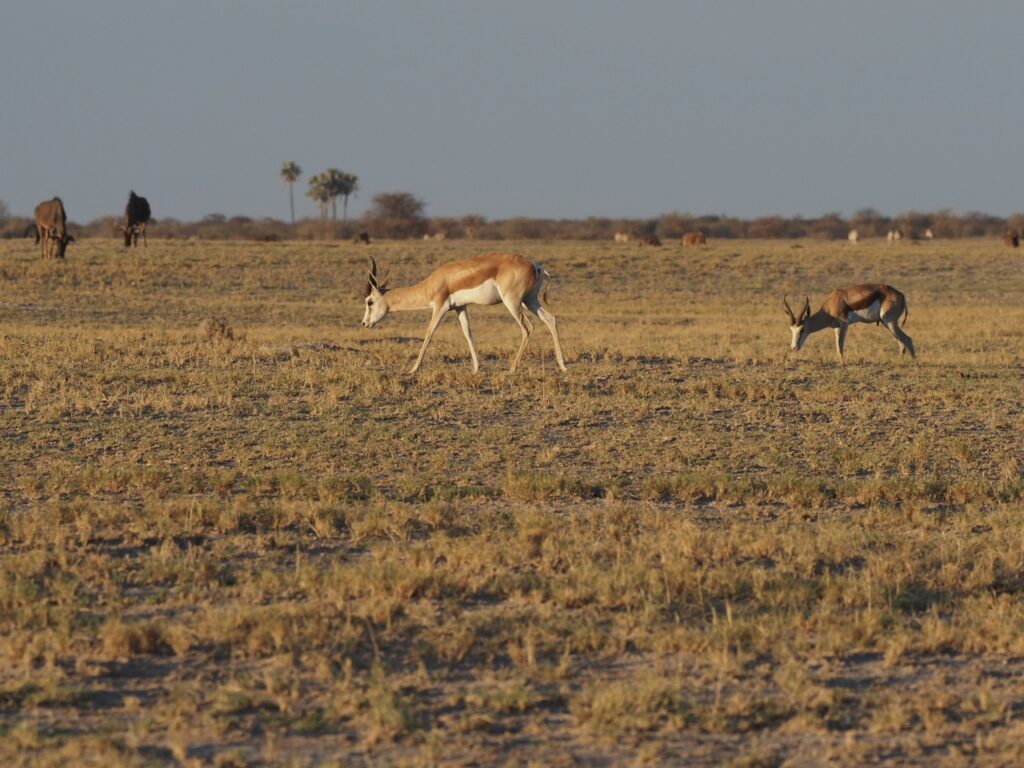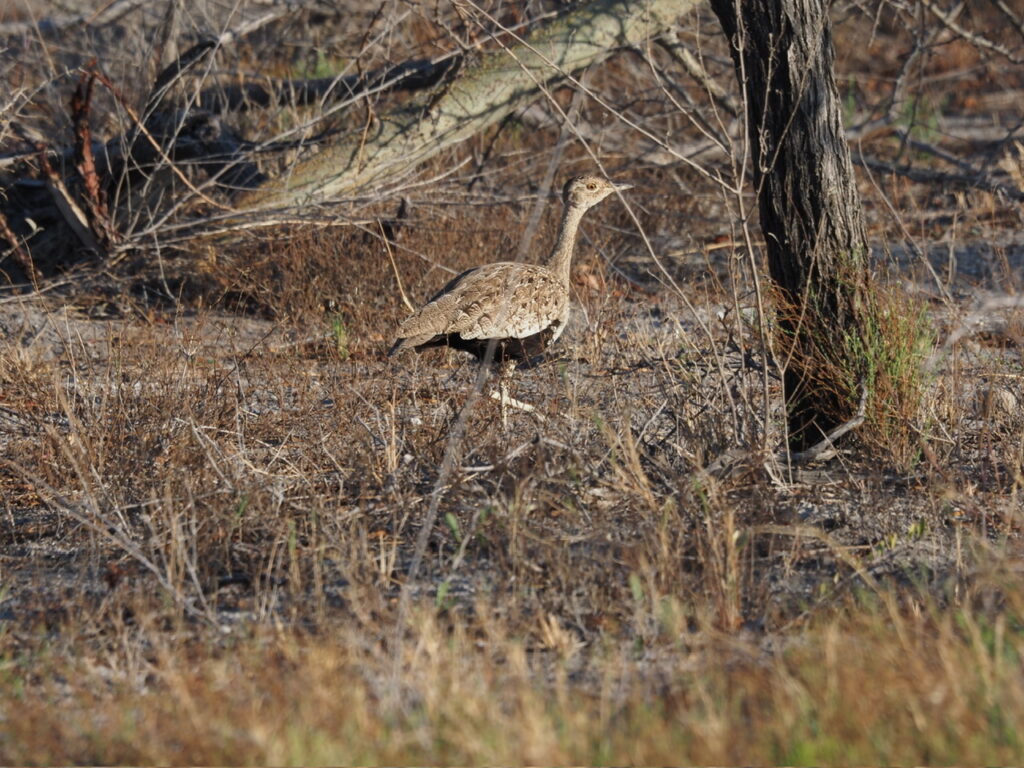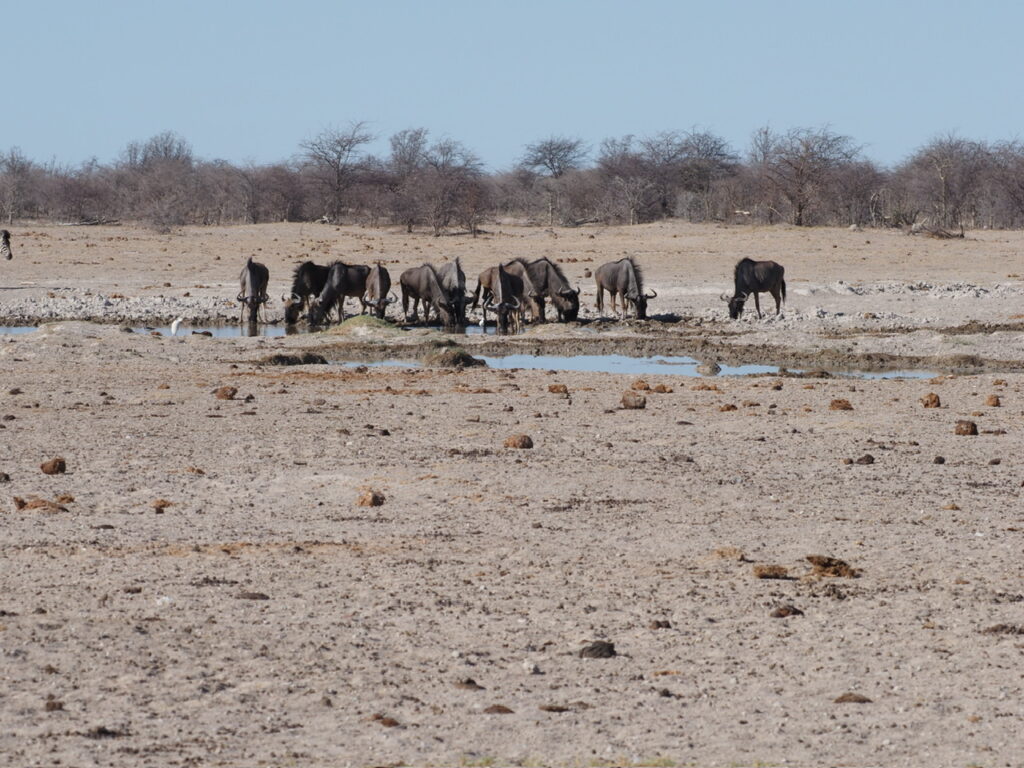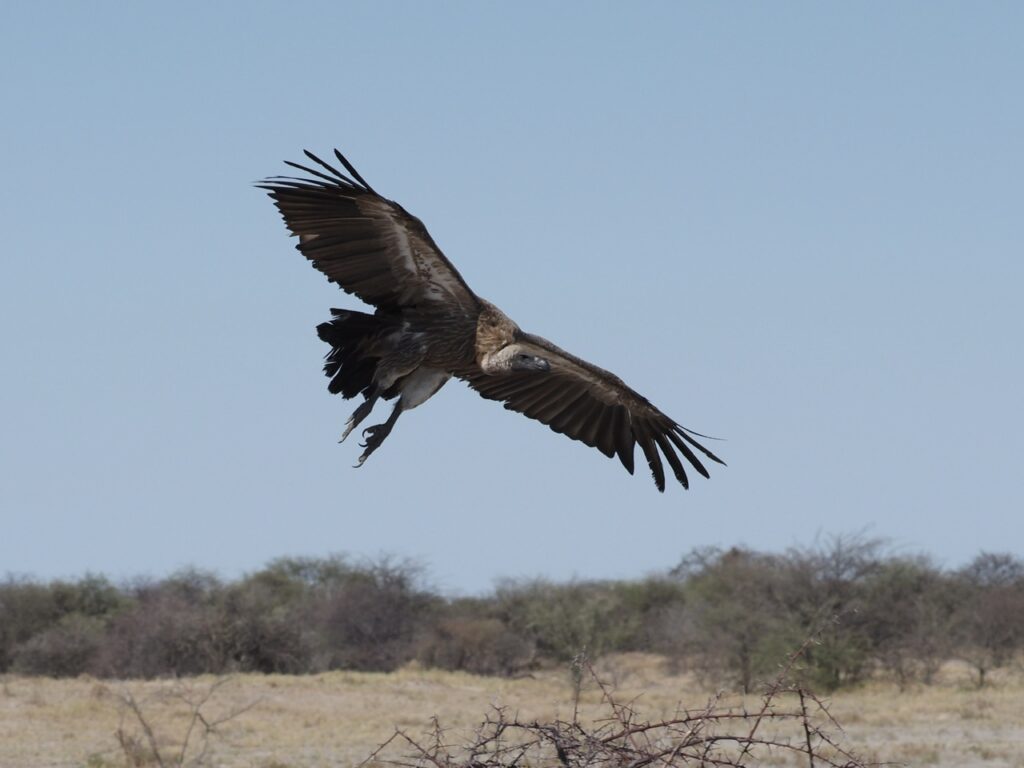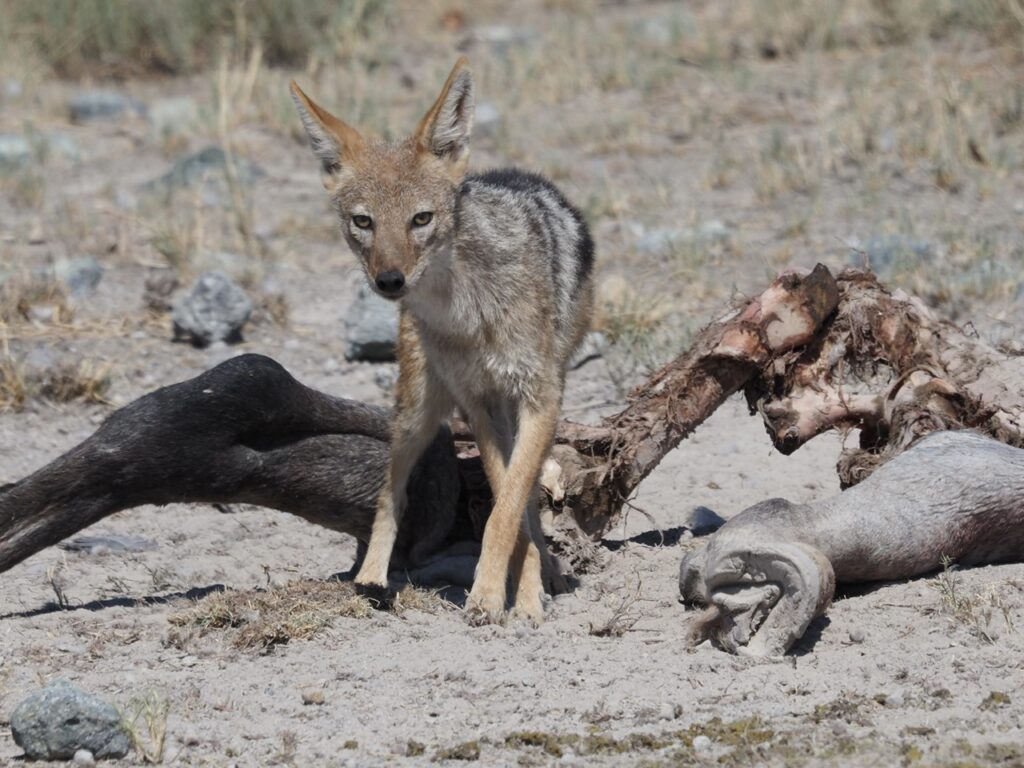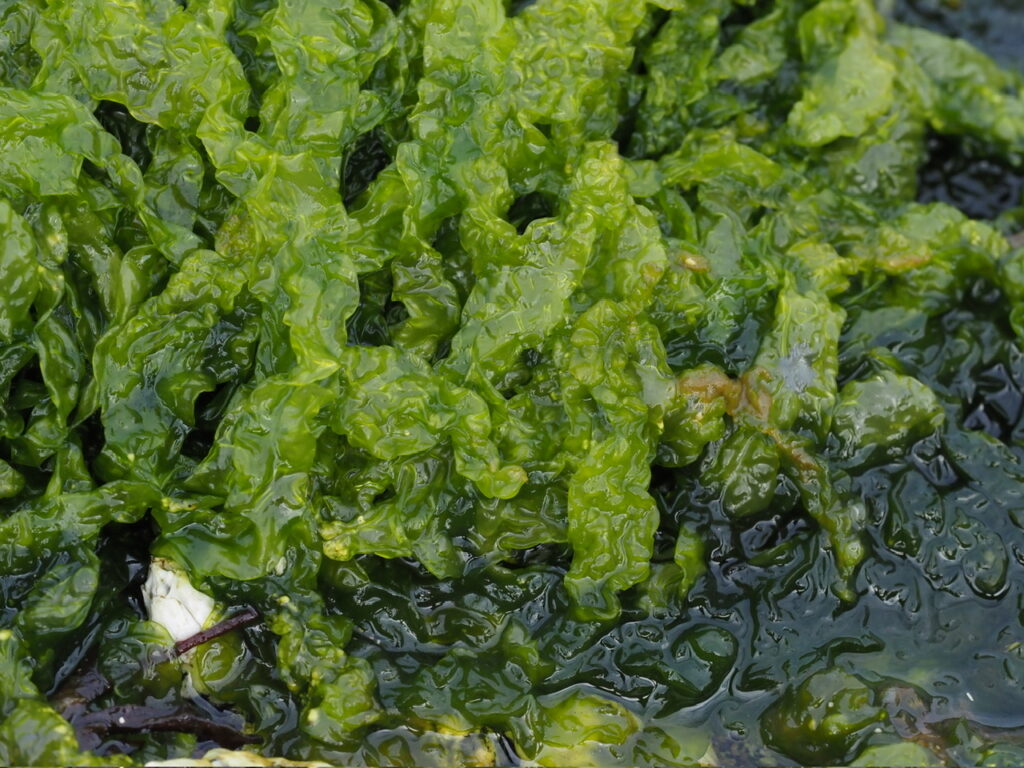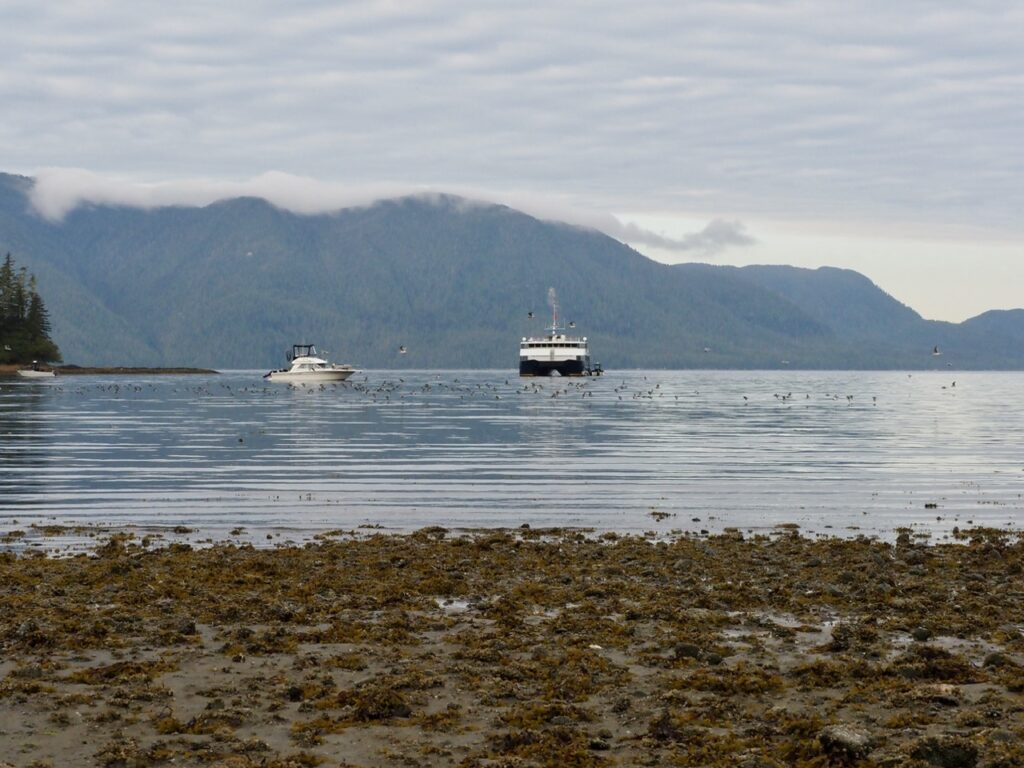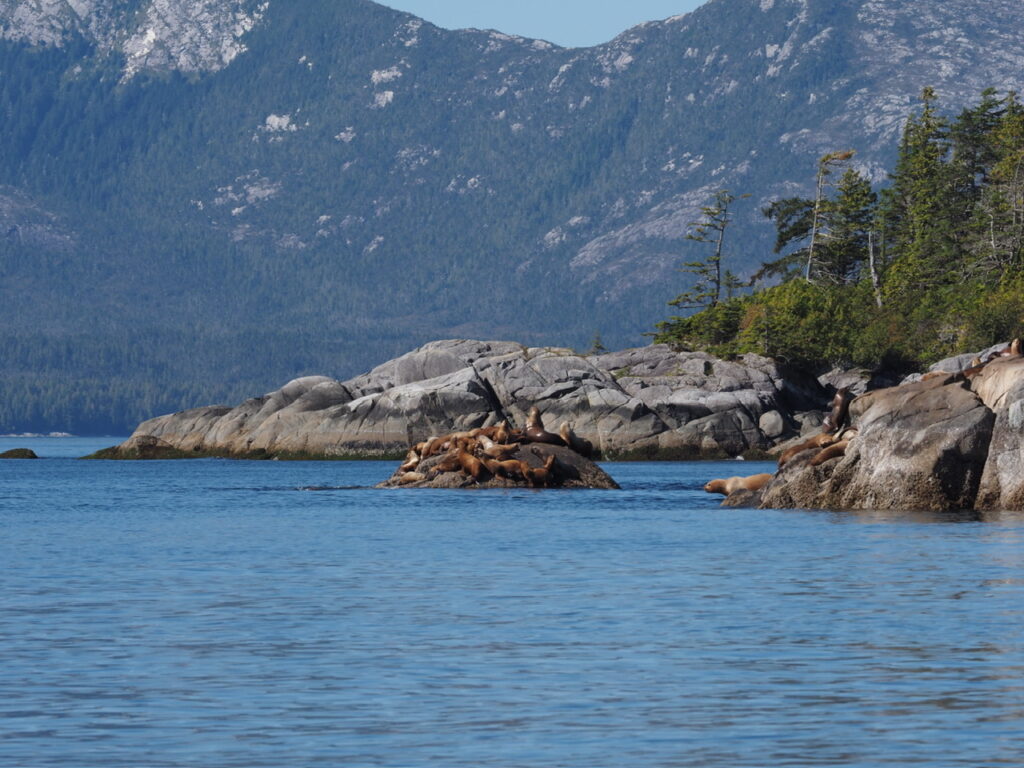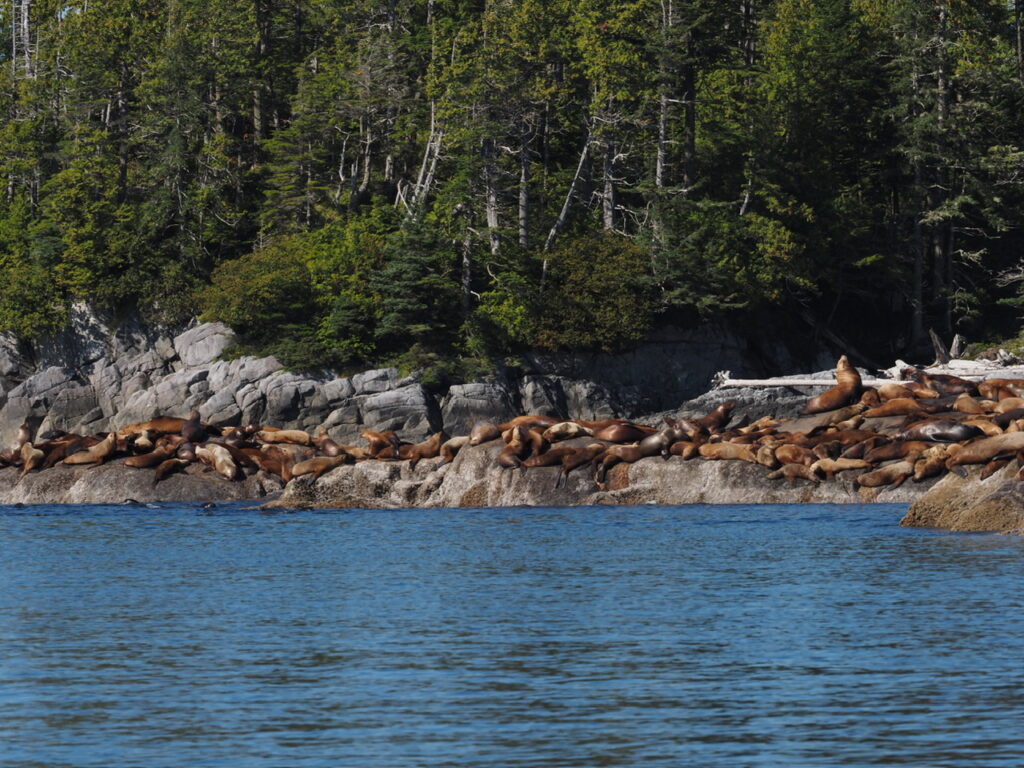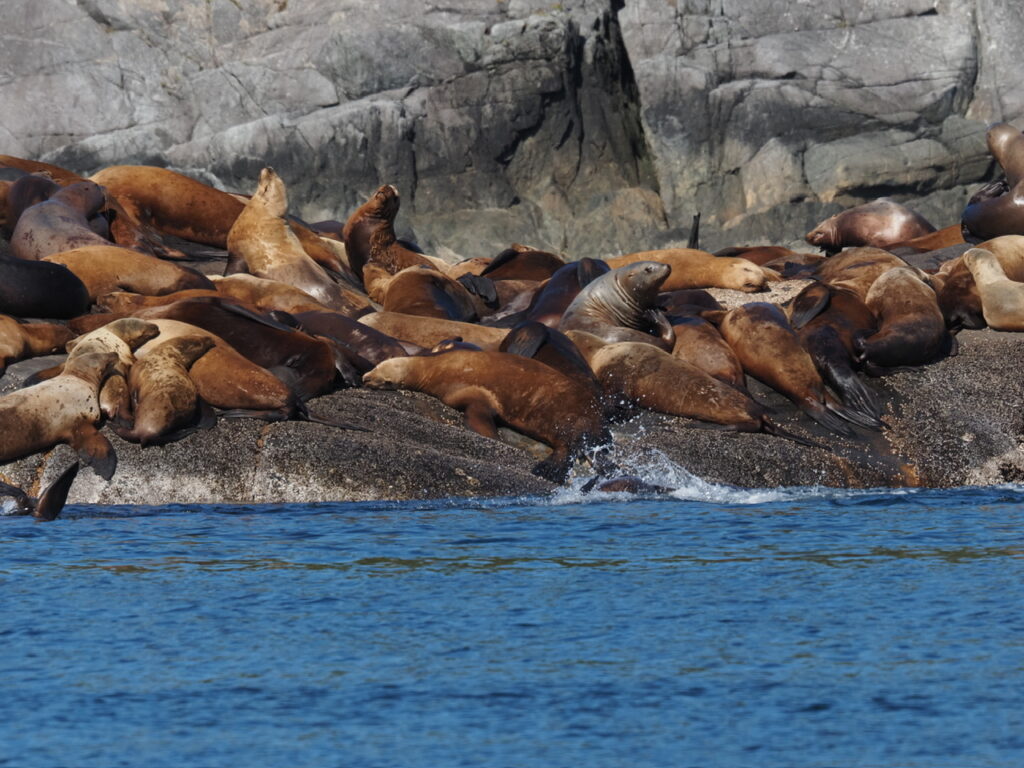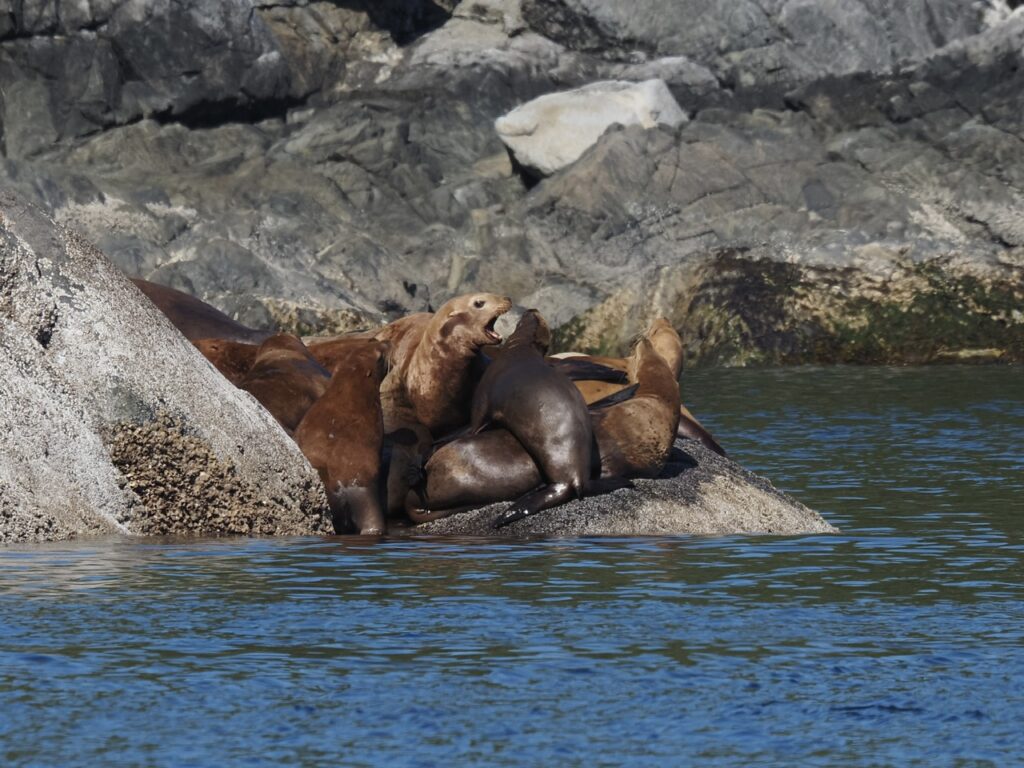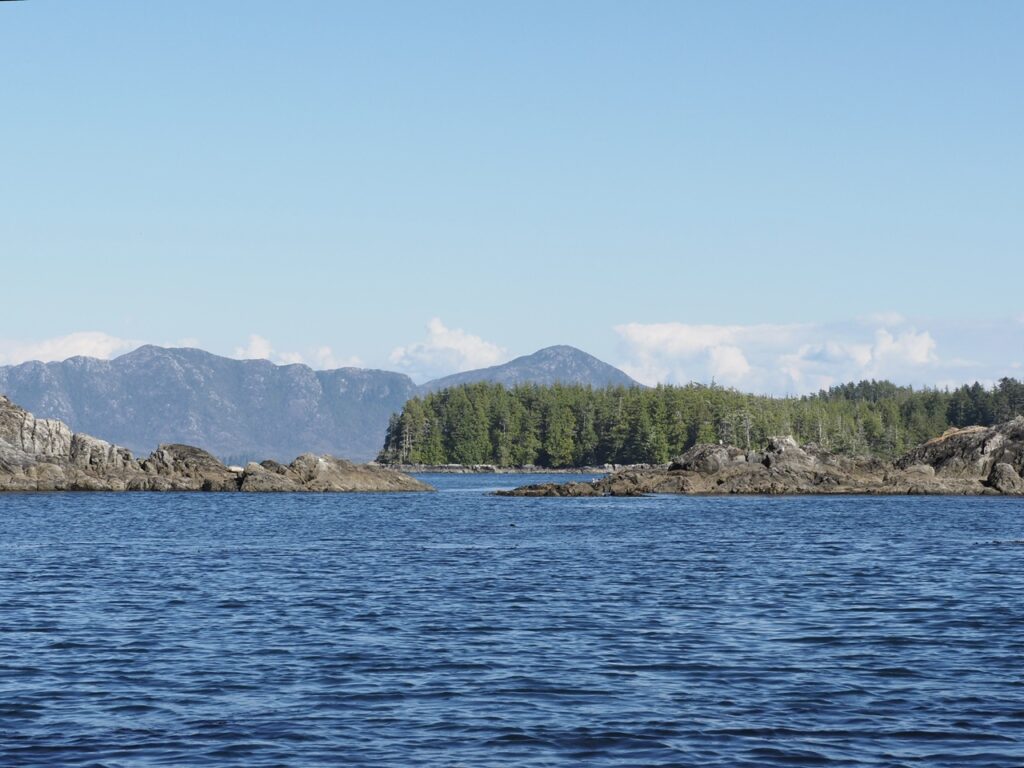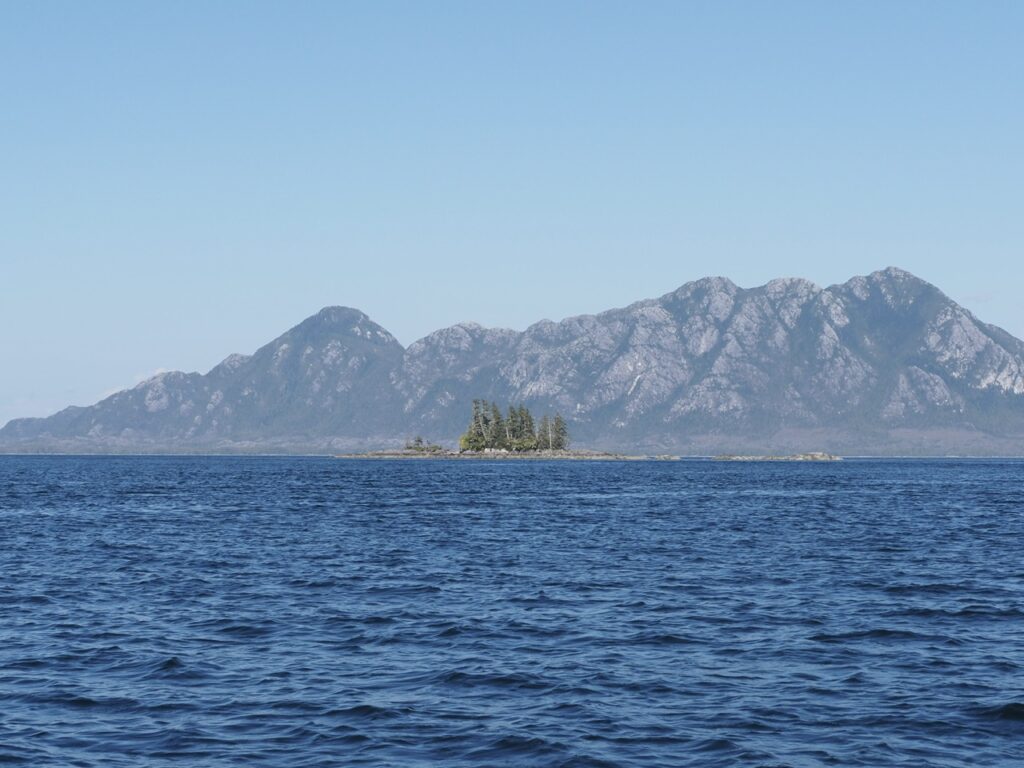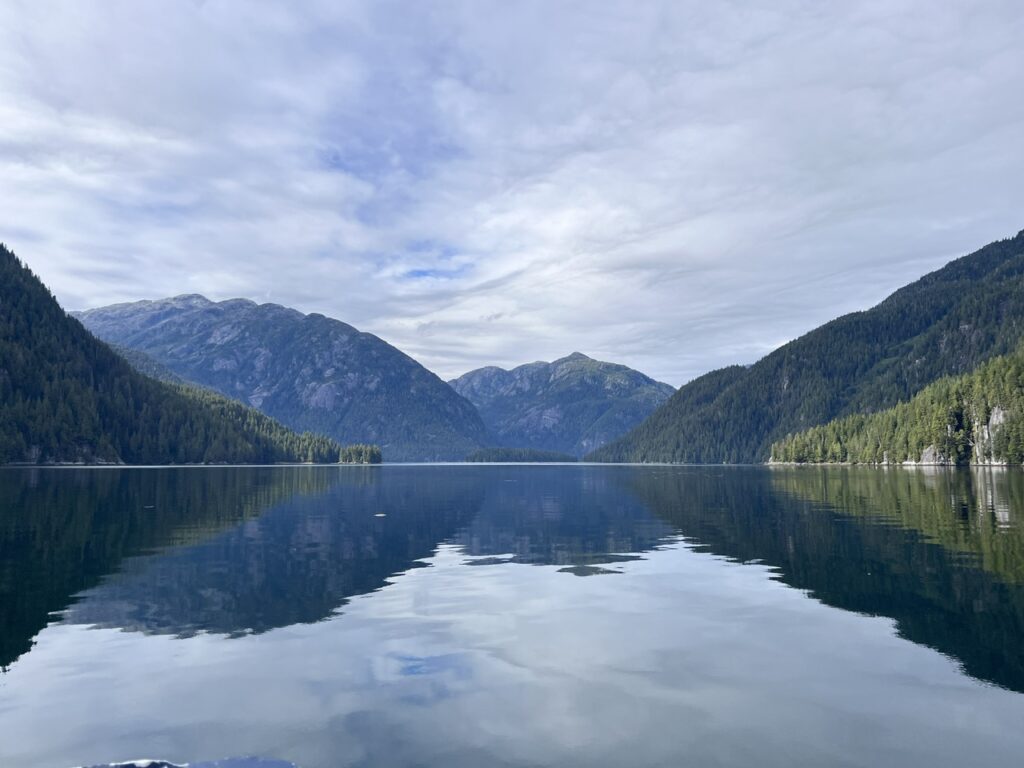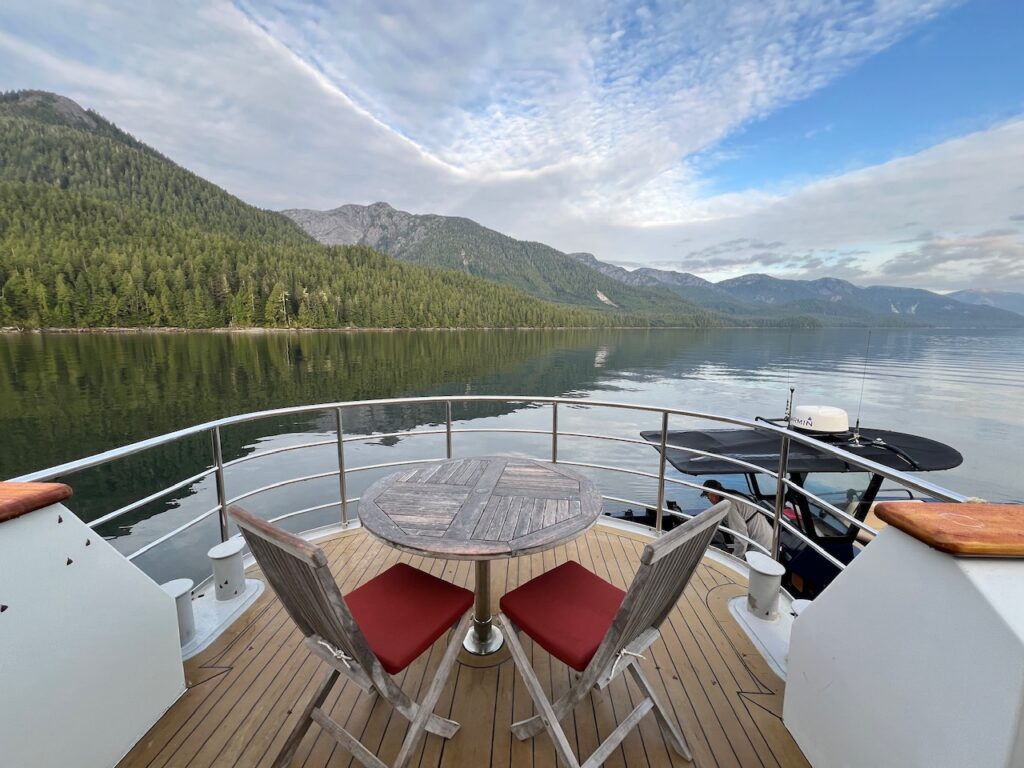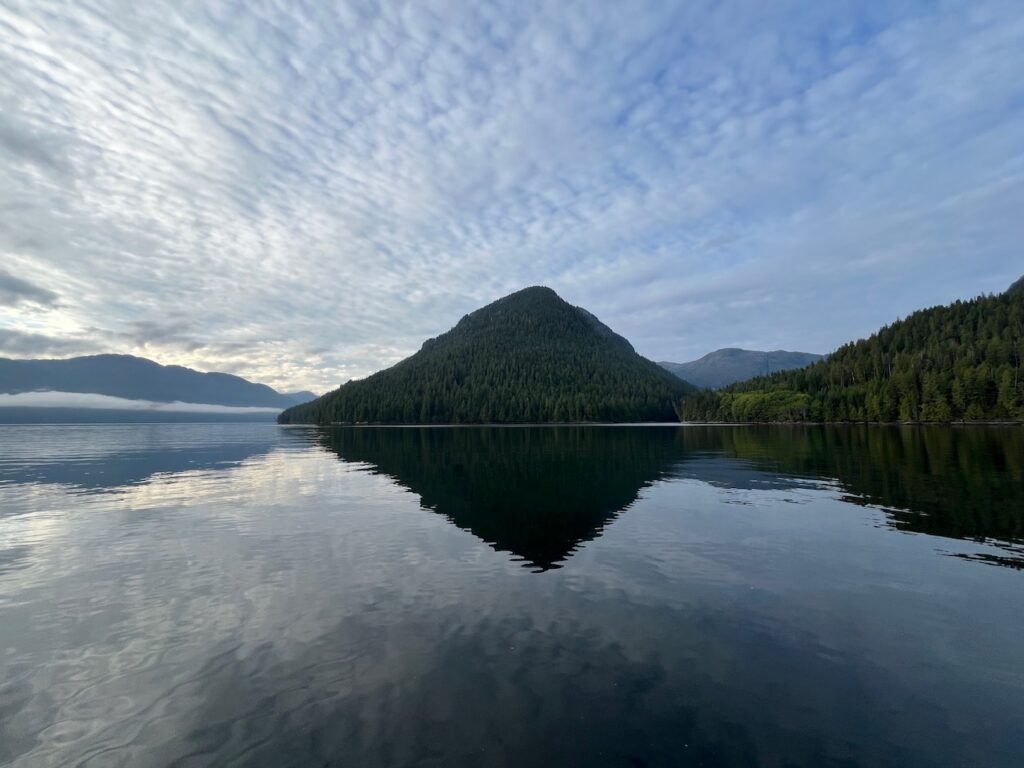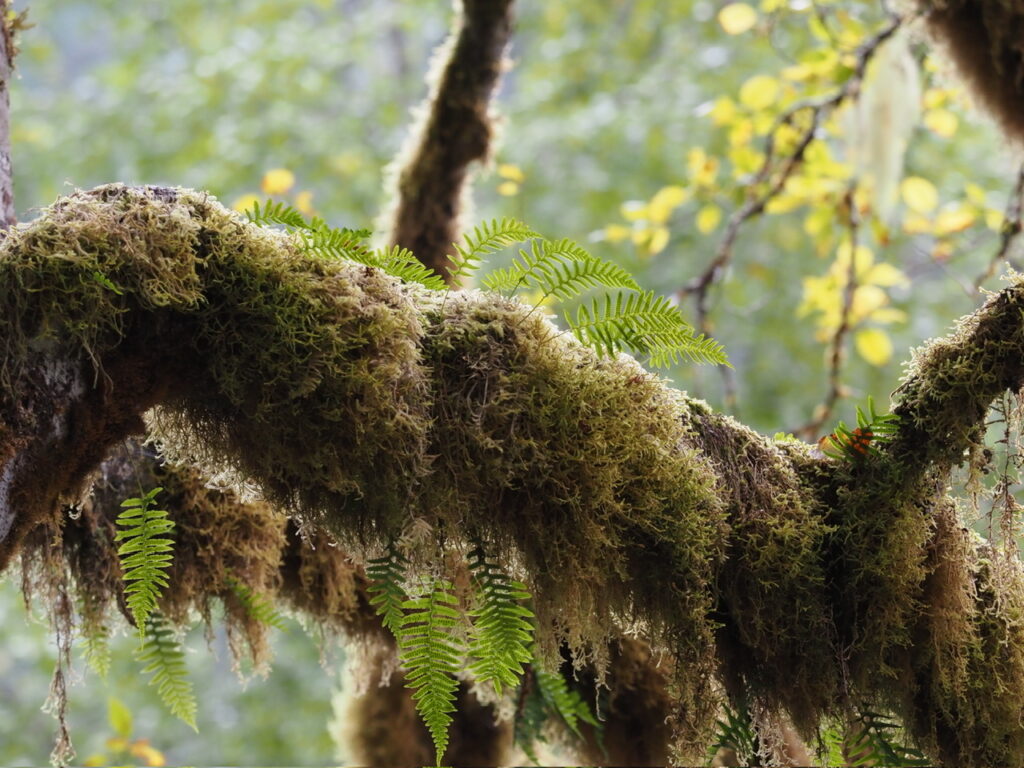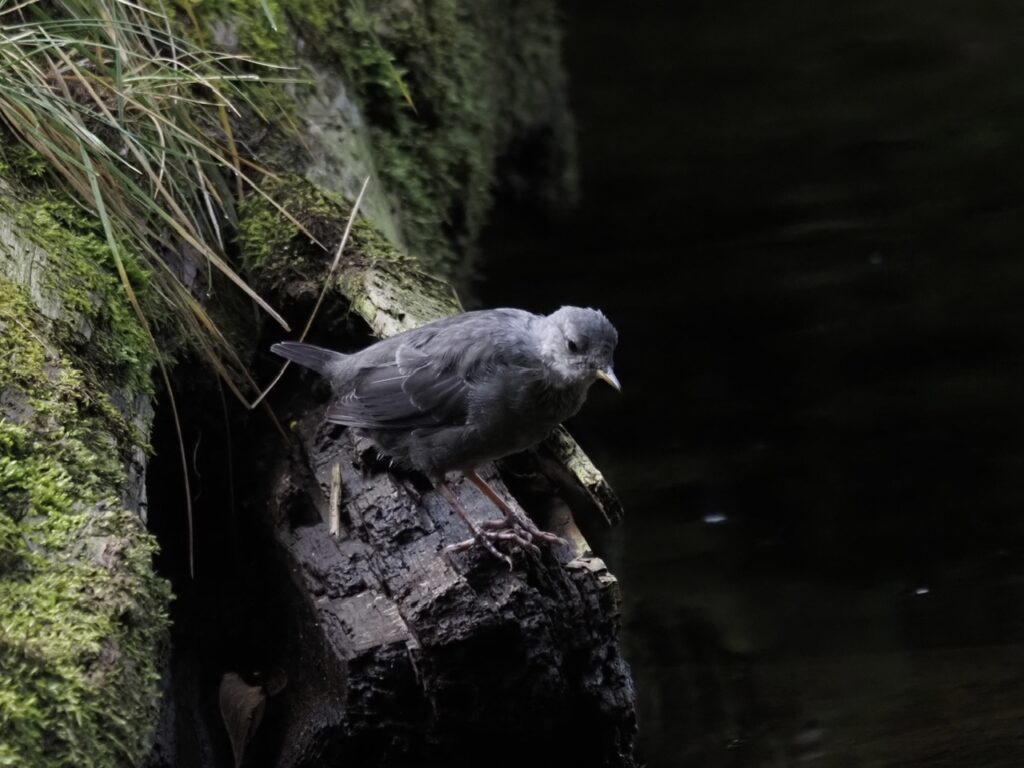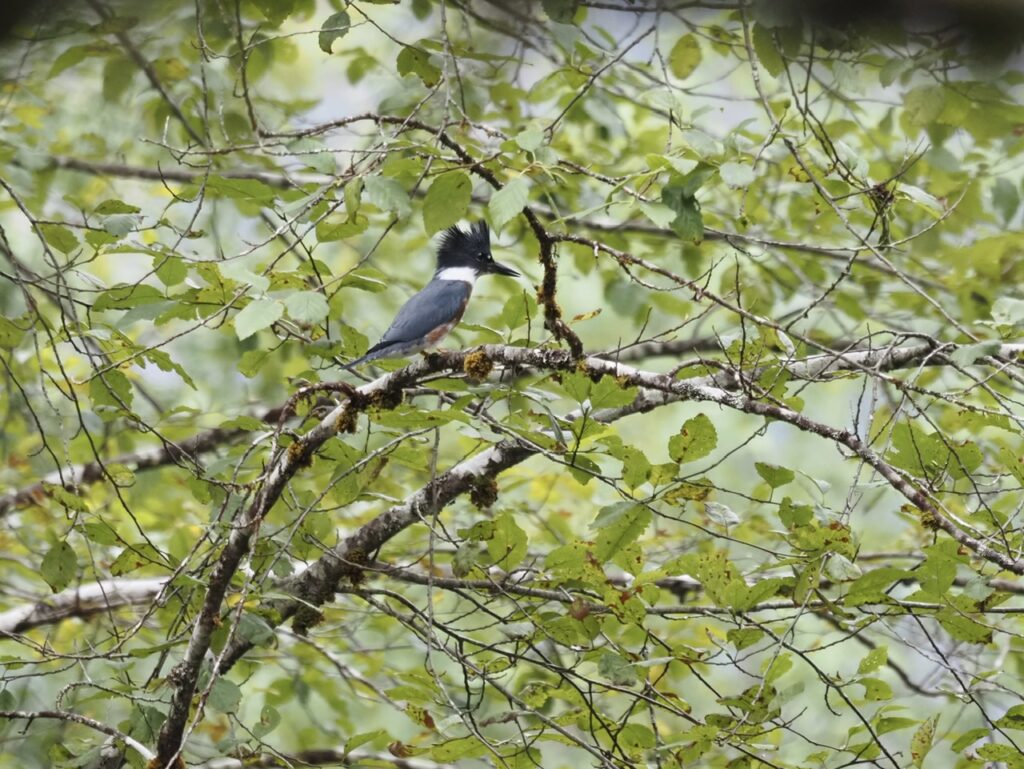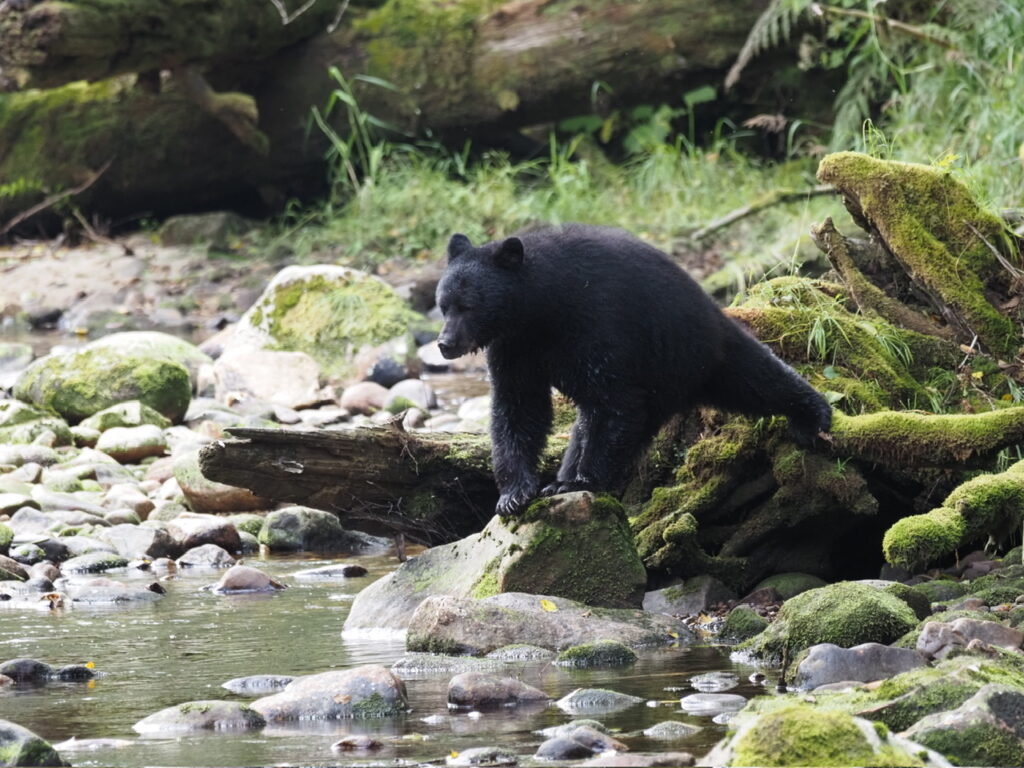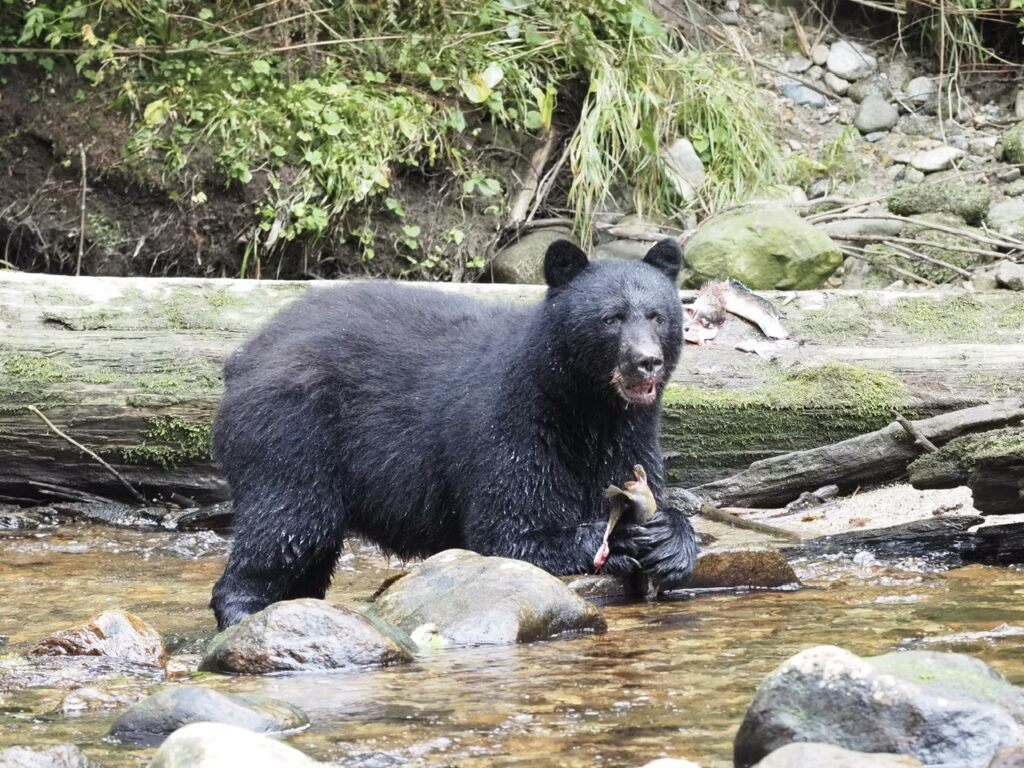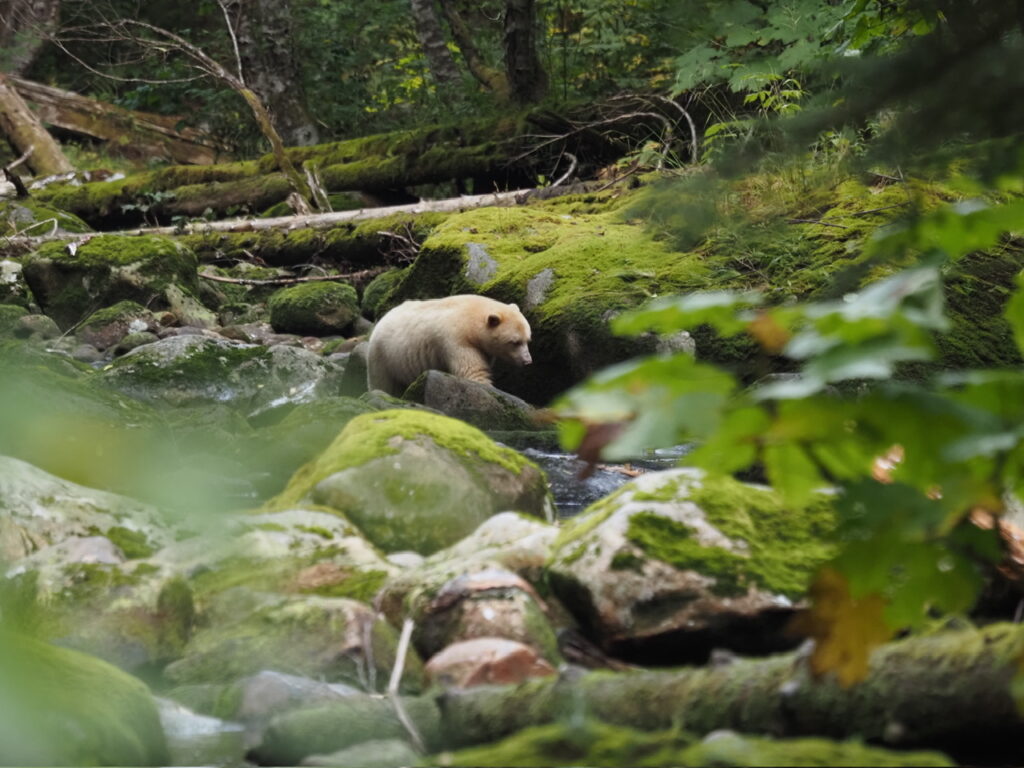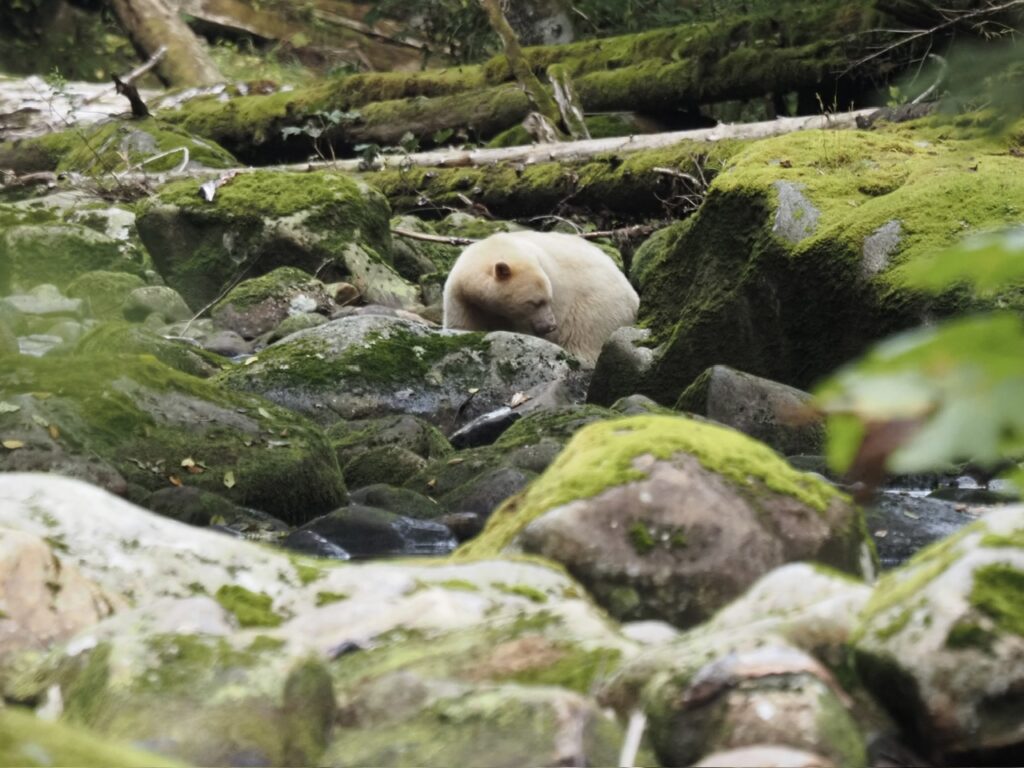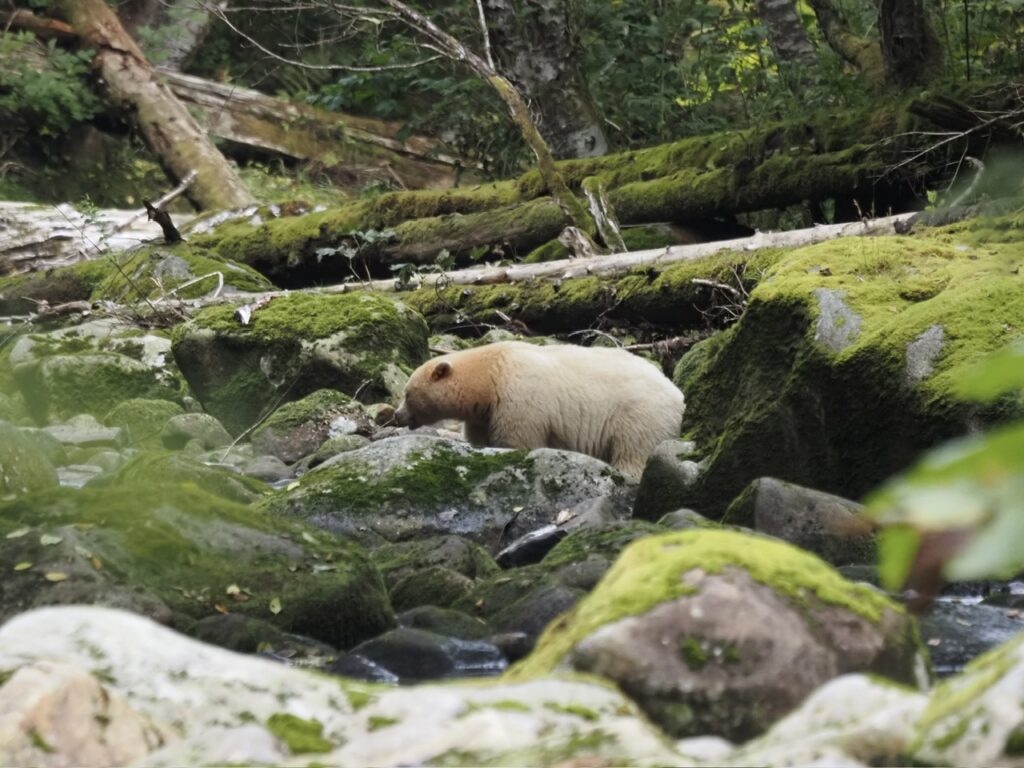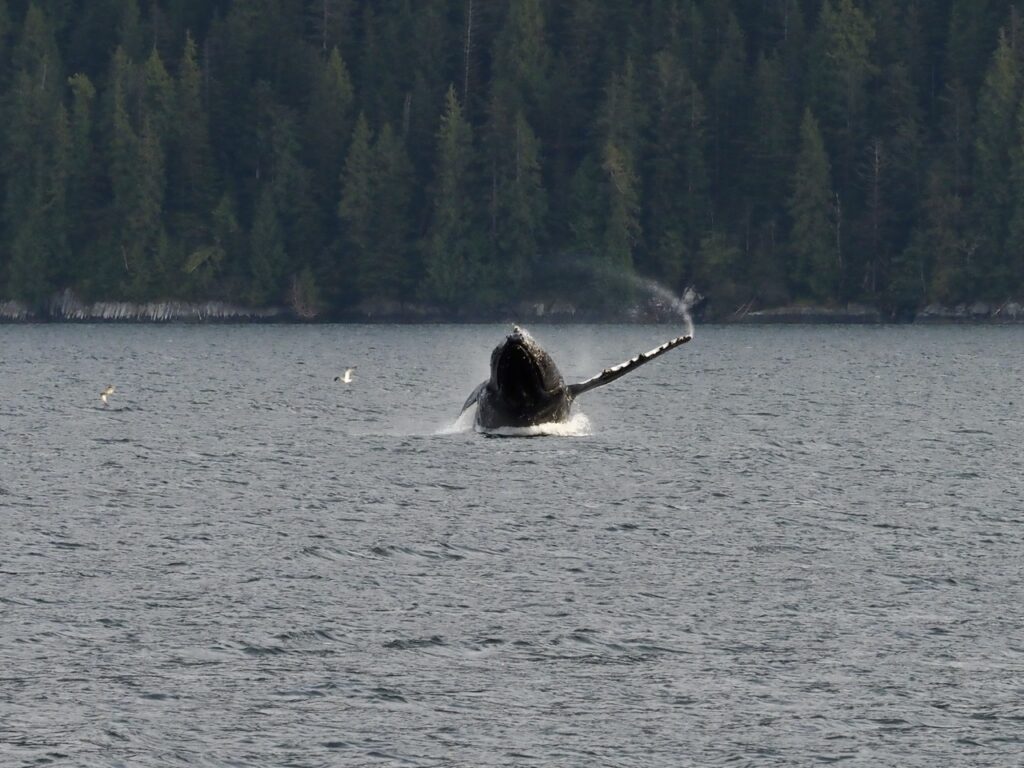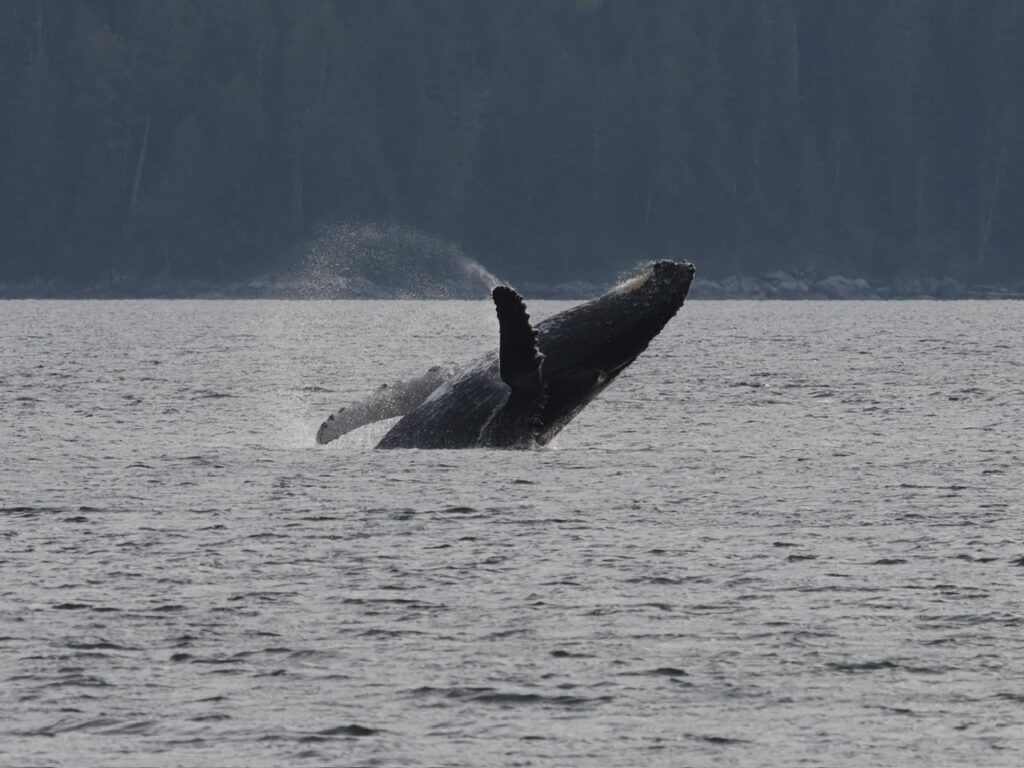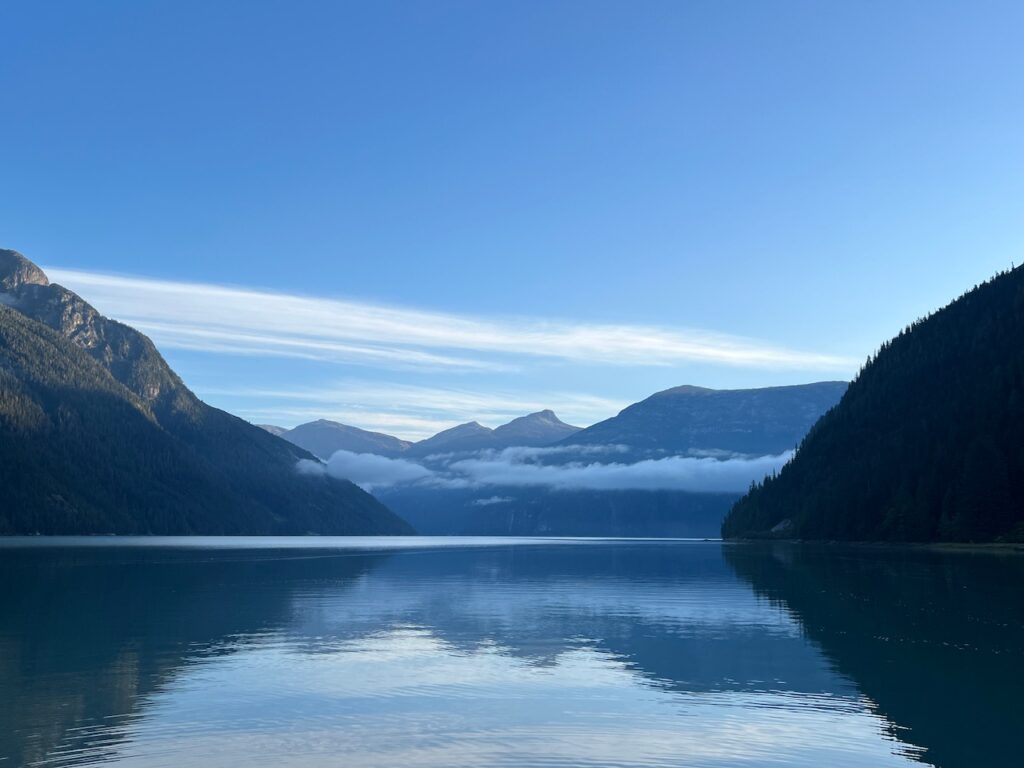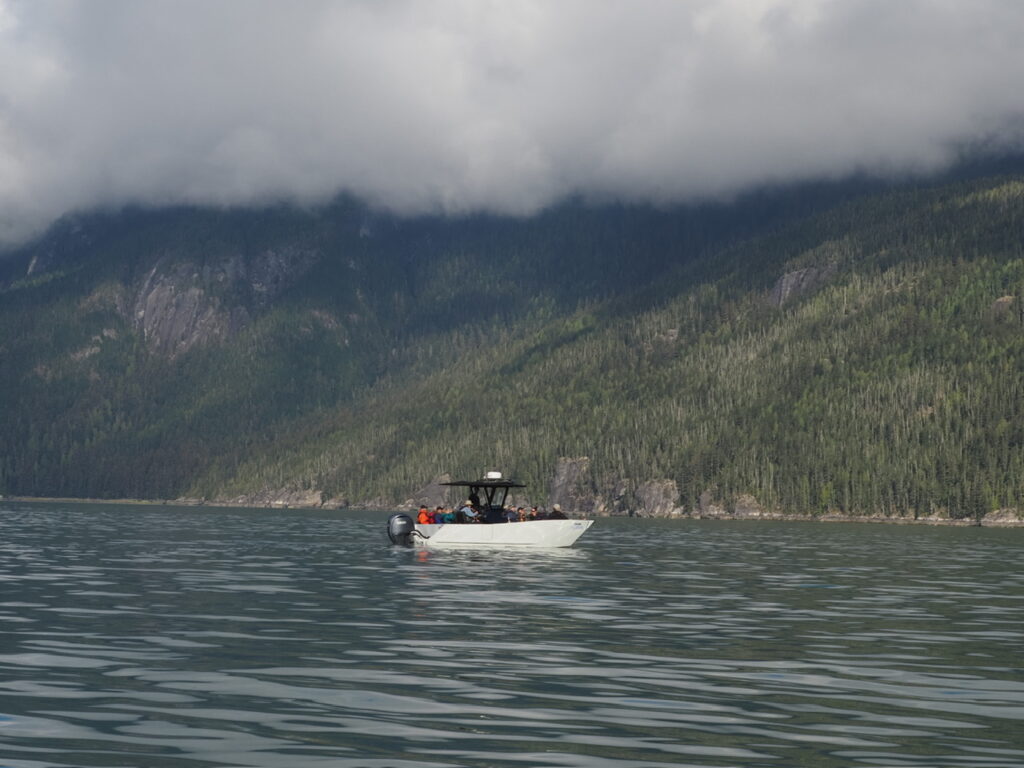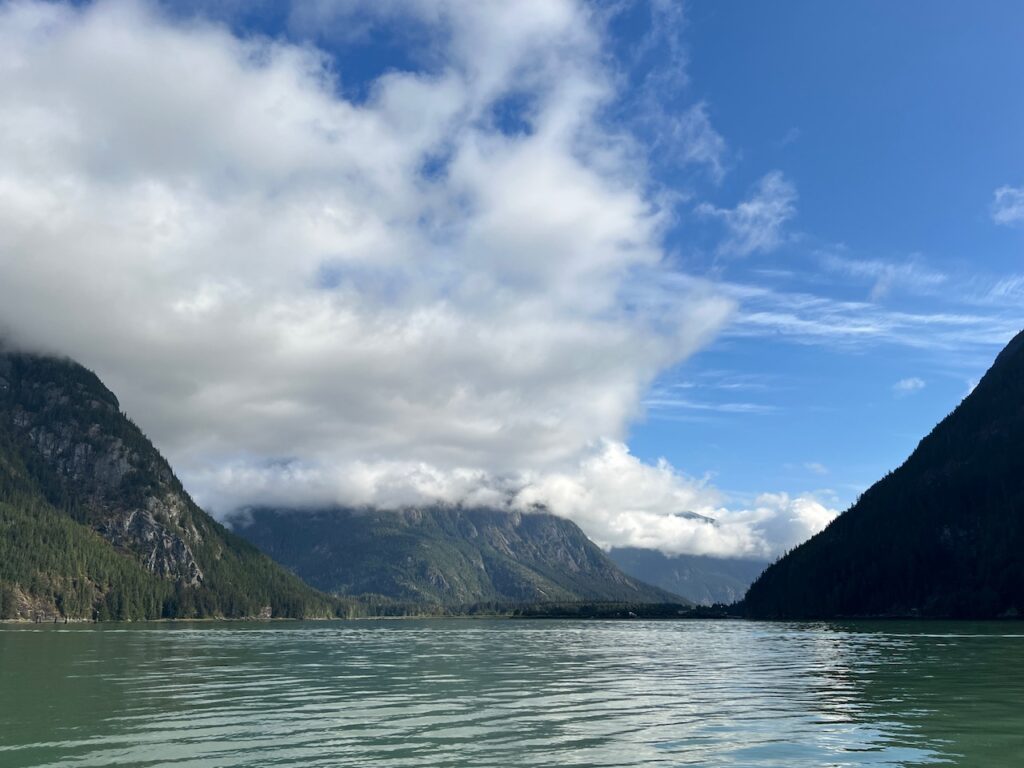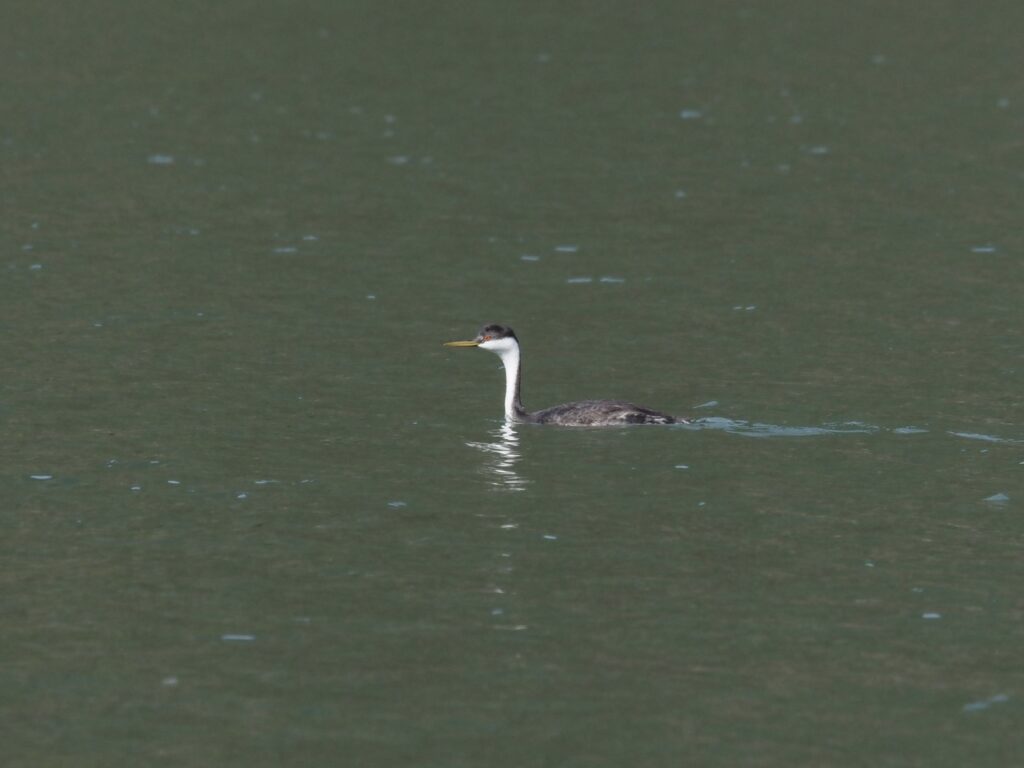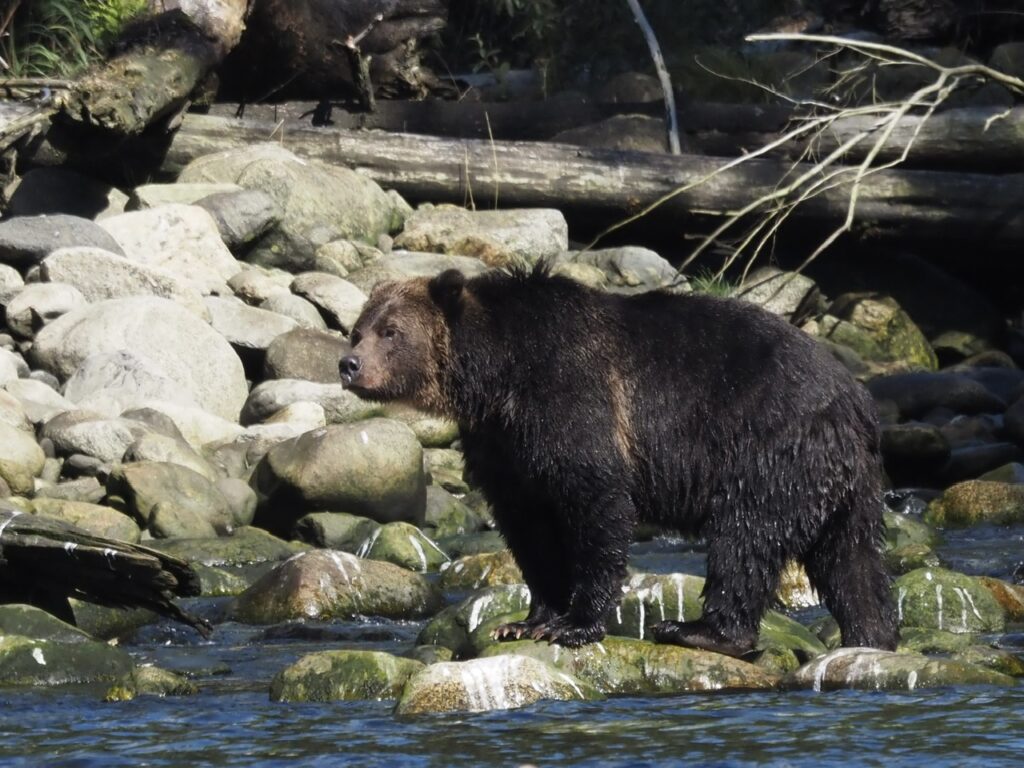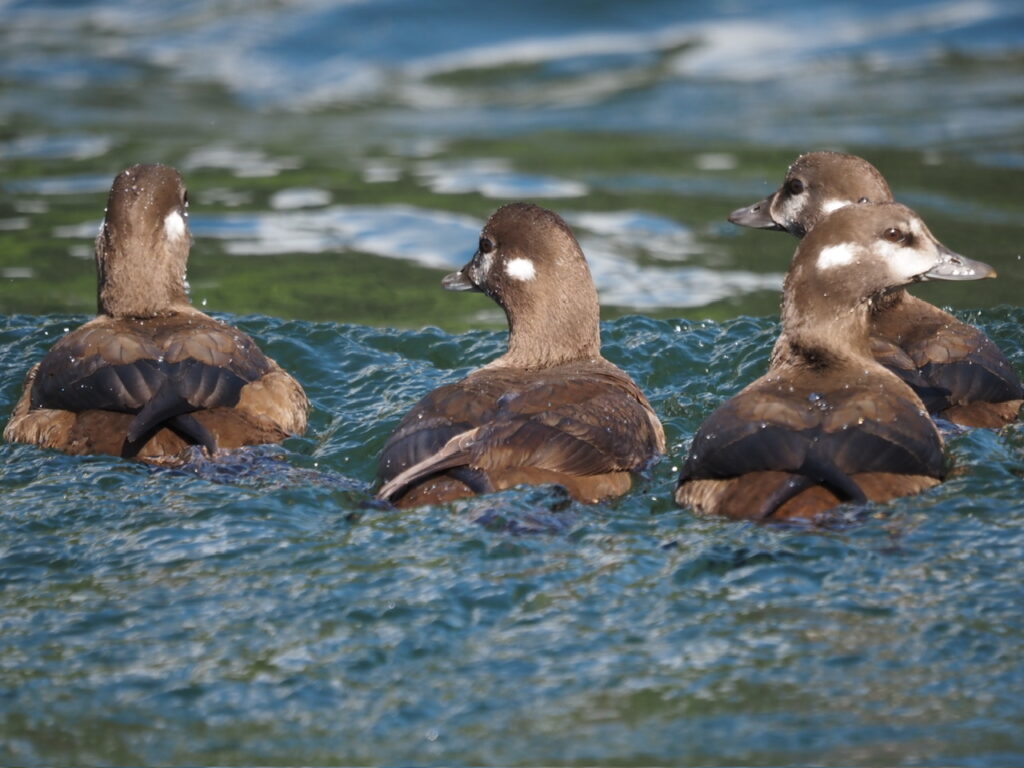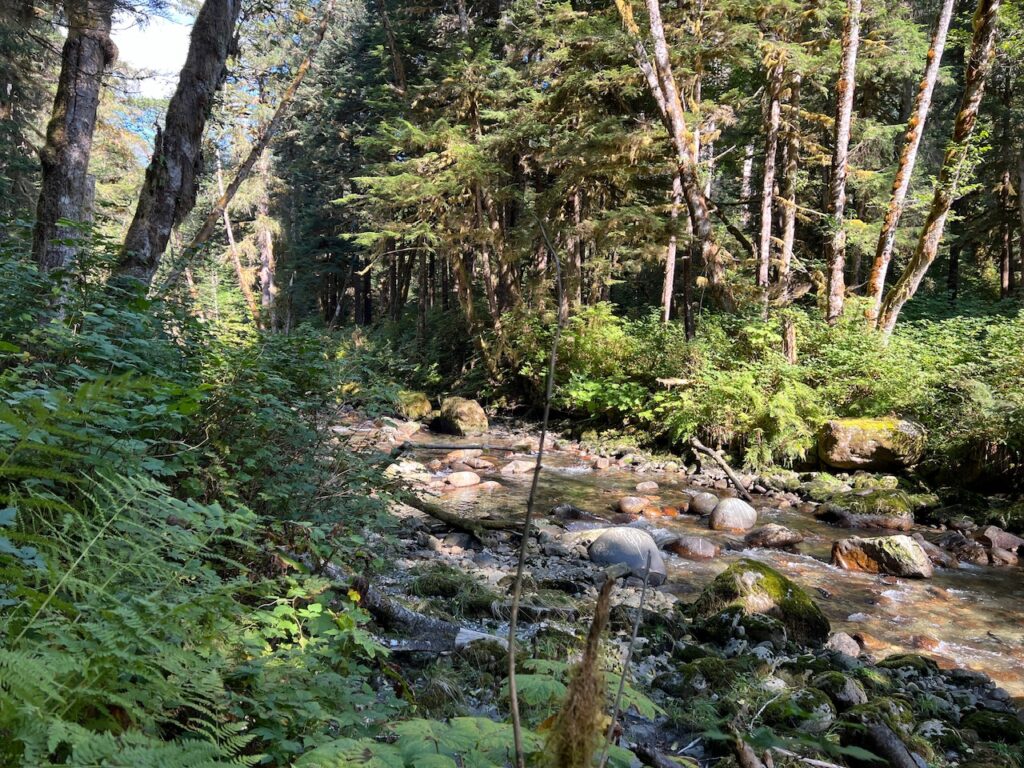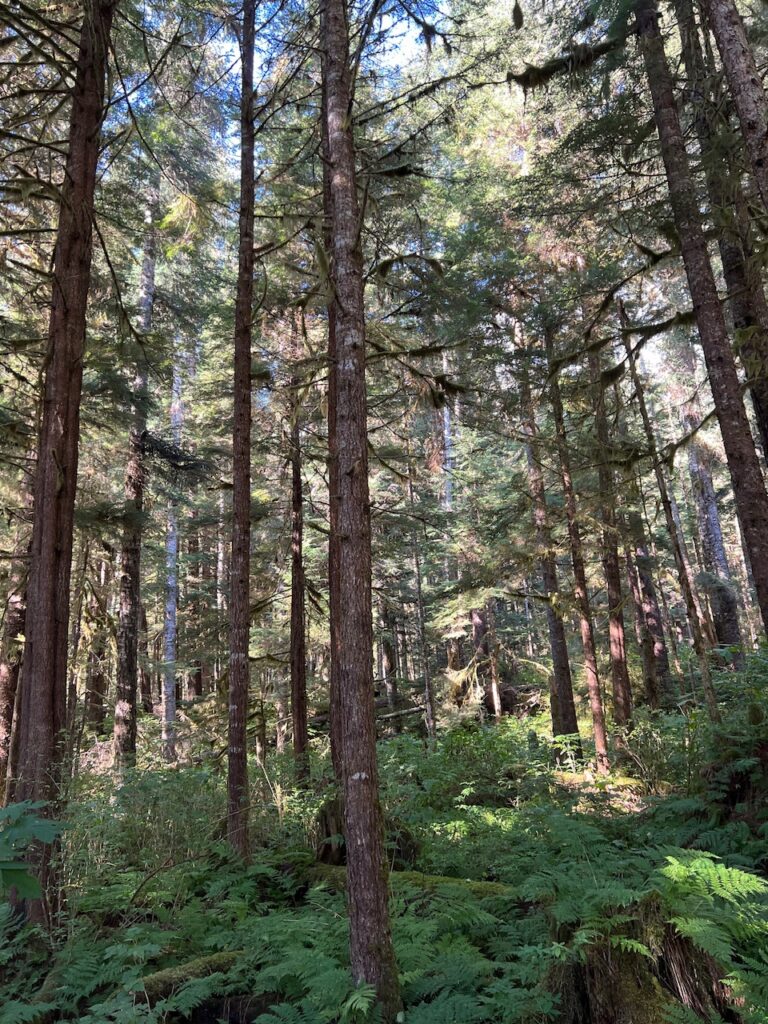
We are staying at Tau Pan Camp. It is set on top of a ridge with superb views to a waterhole and beyond. Our room is on the top left above.
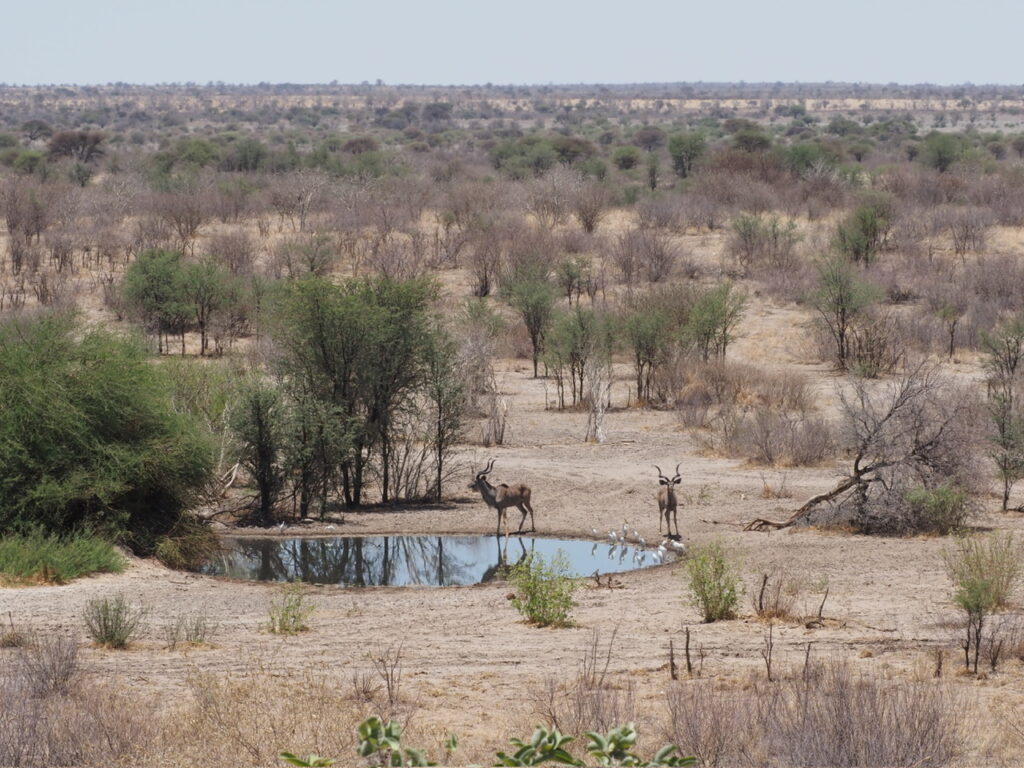
This is a harsh and arid place. There has been little rain for some time which means that the game here will stay close to the waterholes. This should increase our chances considerably…. and so it is proved on our three nights here. There is lots to see and surprisingly good encounters.
On our first drive we share the vehicle with two other couples which I consider less than ideal, as it makes the vehicle a little crowded, but tomorrow it will just be four of us which is fine. We see an aged lioness who clearly is not long for this world.

… but are cheered by numerous yellow billed hornbills and their cheeky poses.
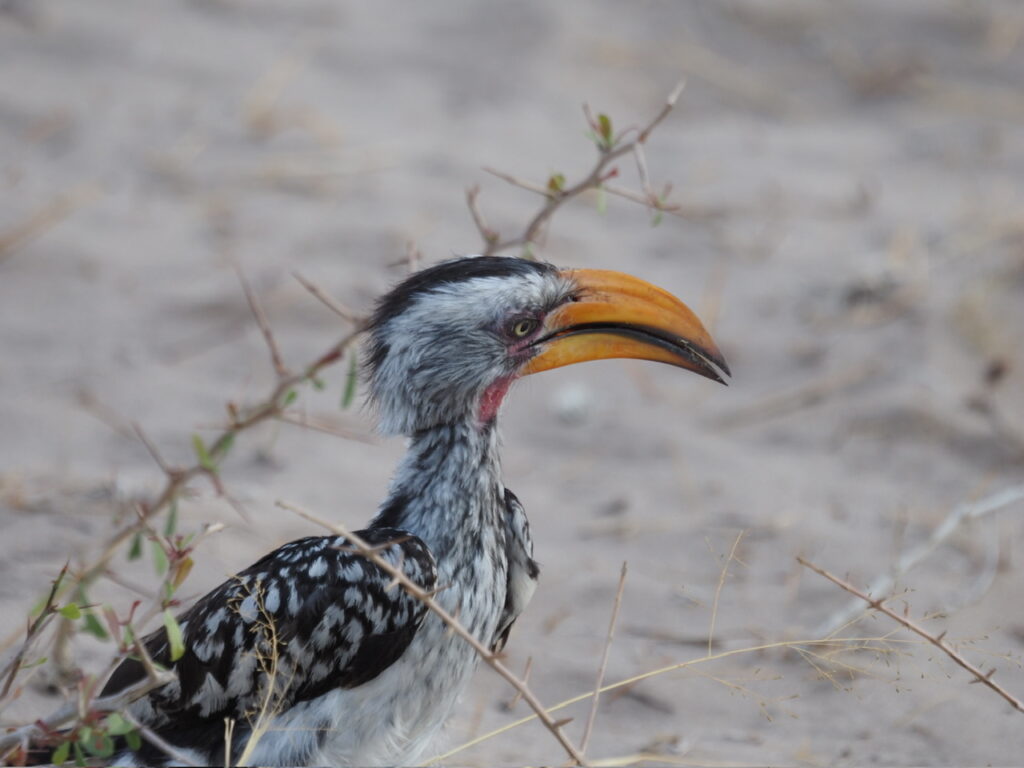

There are lots of tiny steenbok hiding in the bushes as well as large regal kudu.
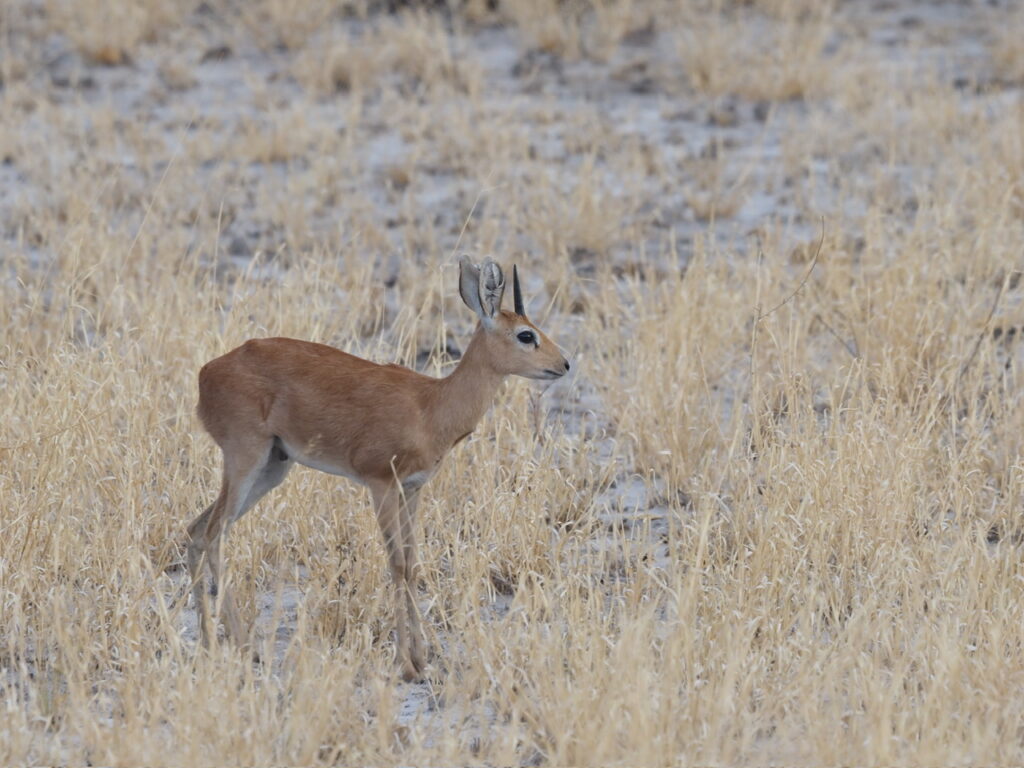
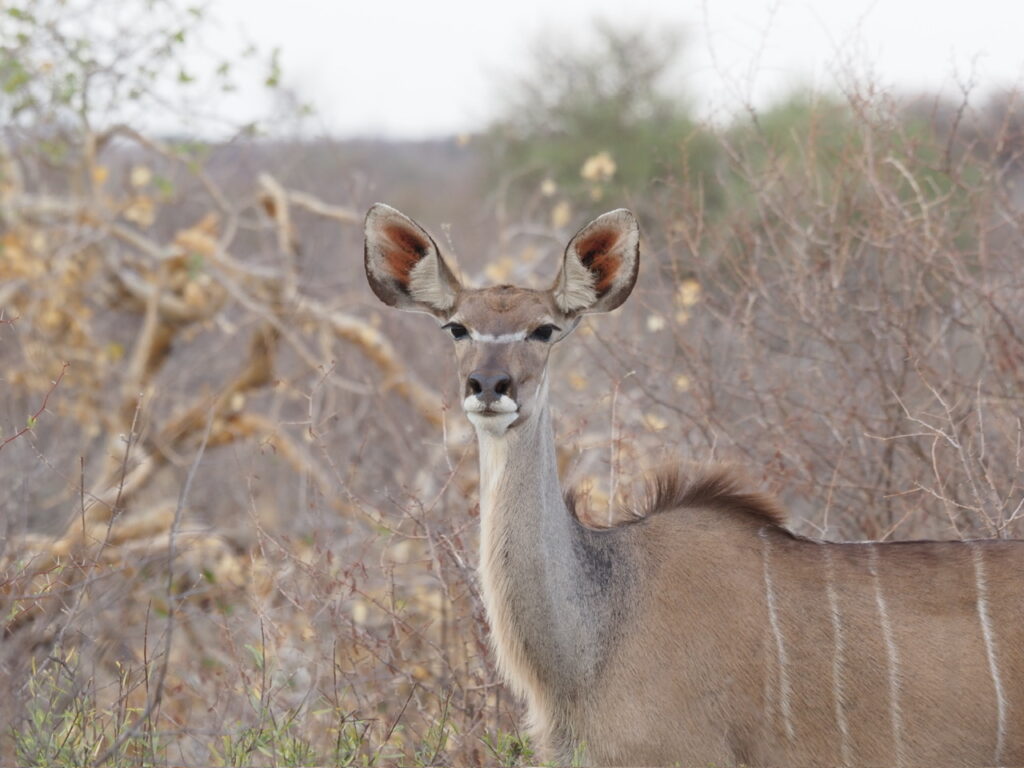
We then follow a lion and two lionesses through the scrub, continually driving ahead of them to try and capture good shots. I find it hard to see as we are in the back seat and cameras, heads and arms always seem to block my view. However, occasionally I catch a glimpse and at one stage the male is a little too close for comfort and looks at me chillingly straight in the eye.


We see some super cute bat-eared foxes with cubs. They are just adorable, looking somewhat like the fluffy form of gremlins.
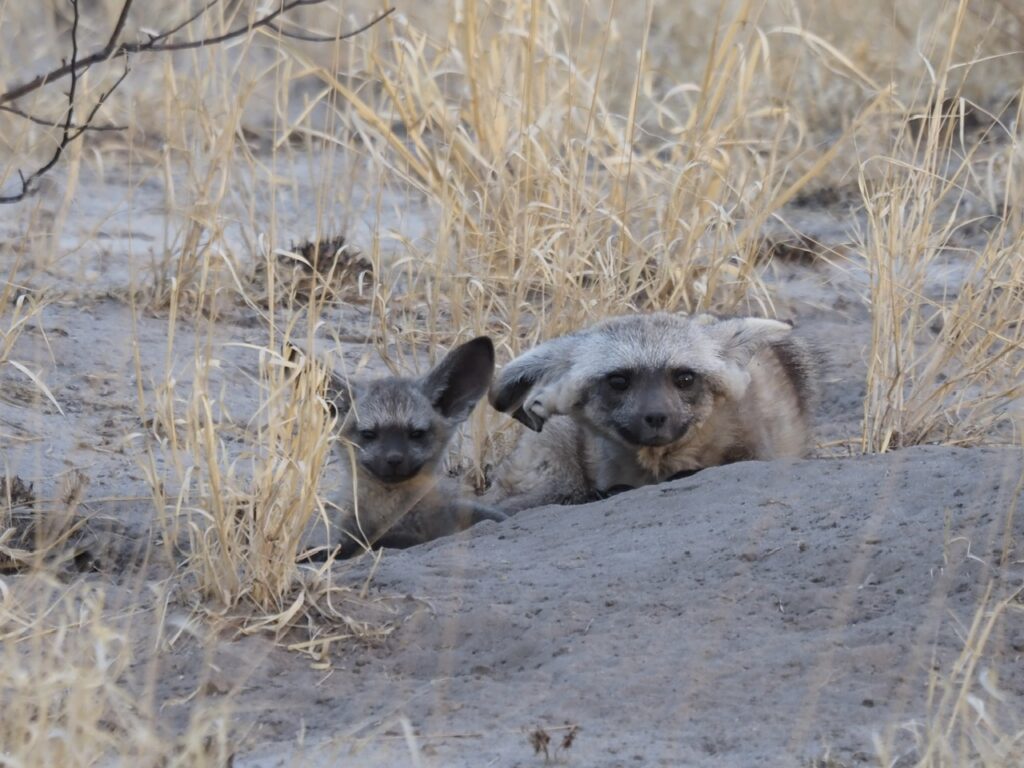
Then its time for sundowners where we view a large number of giraffes in the distance and a glorious African sunset.
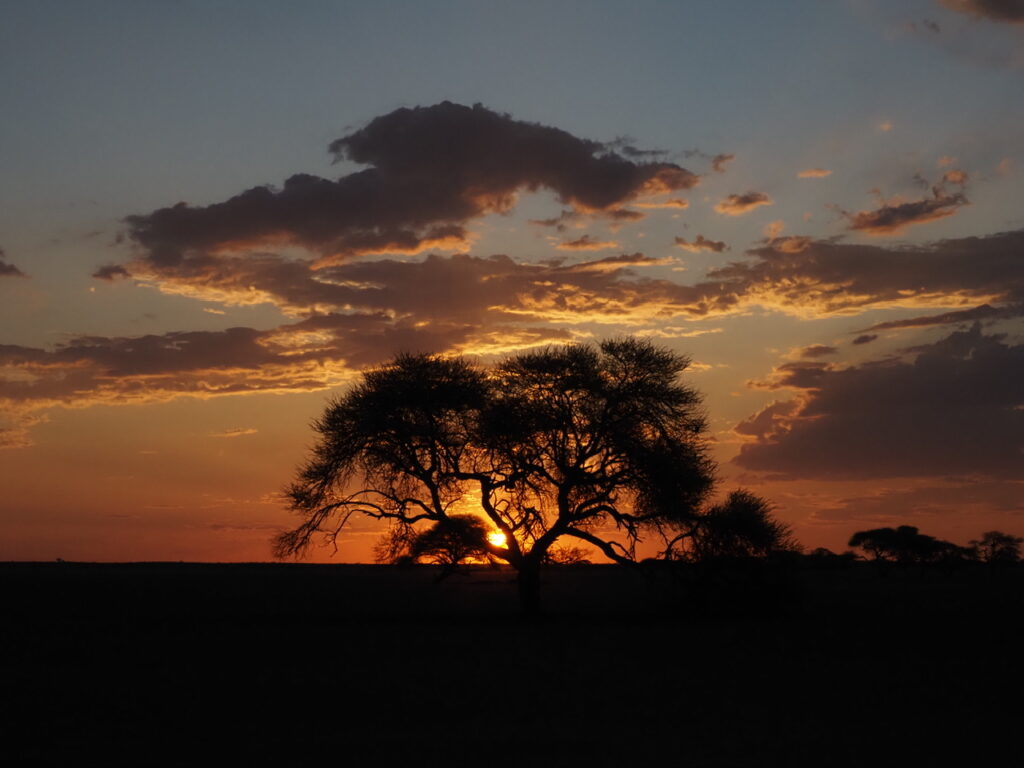
The new day brings mainly lion activity. We drive down to the waterhole by the camp and watch a pride of seven lions lazing around and every so often eyeing up the giraffes that are contemplating coming in for a drink.


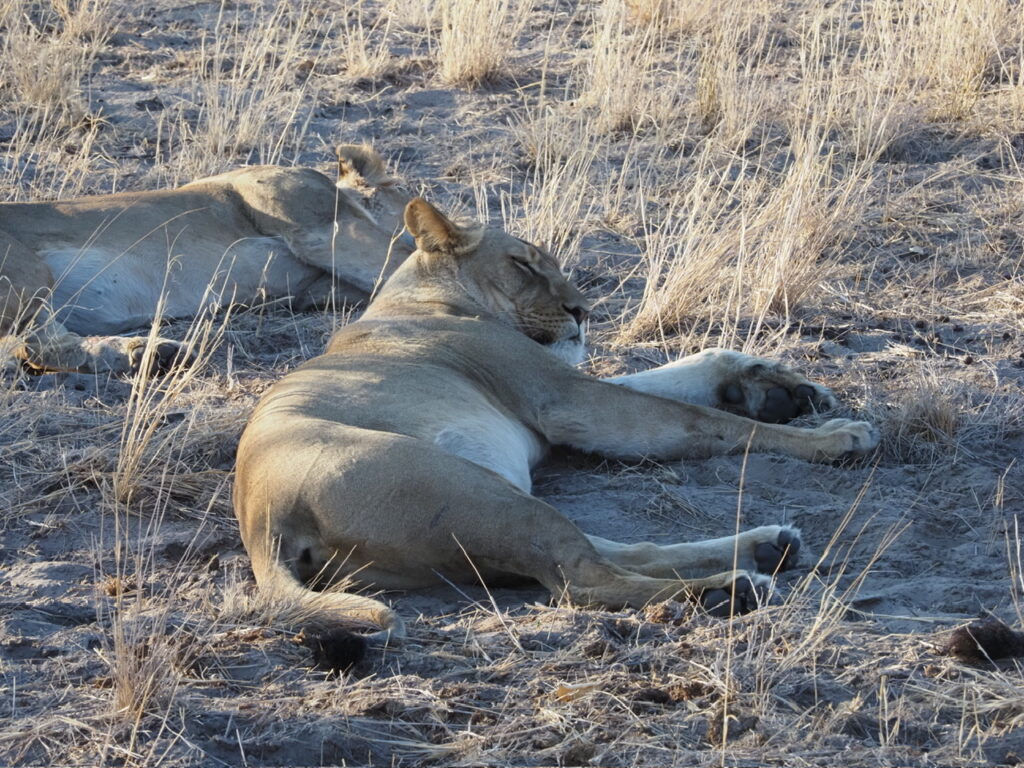
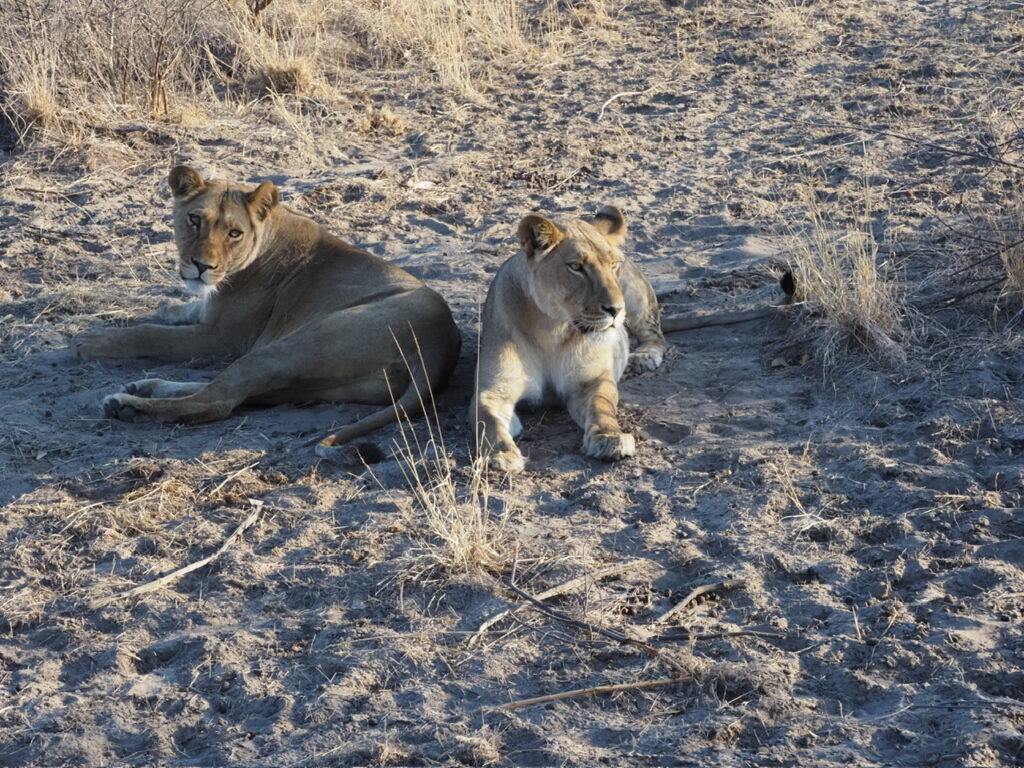


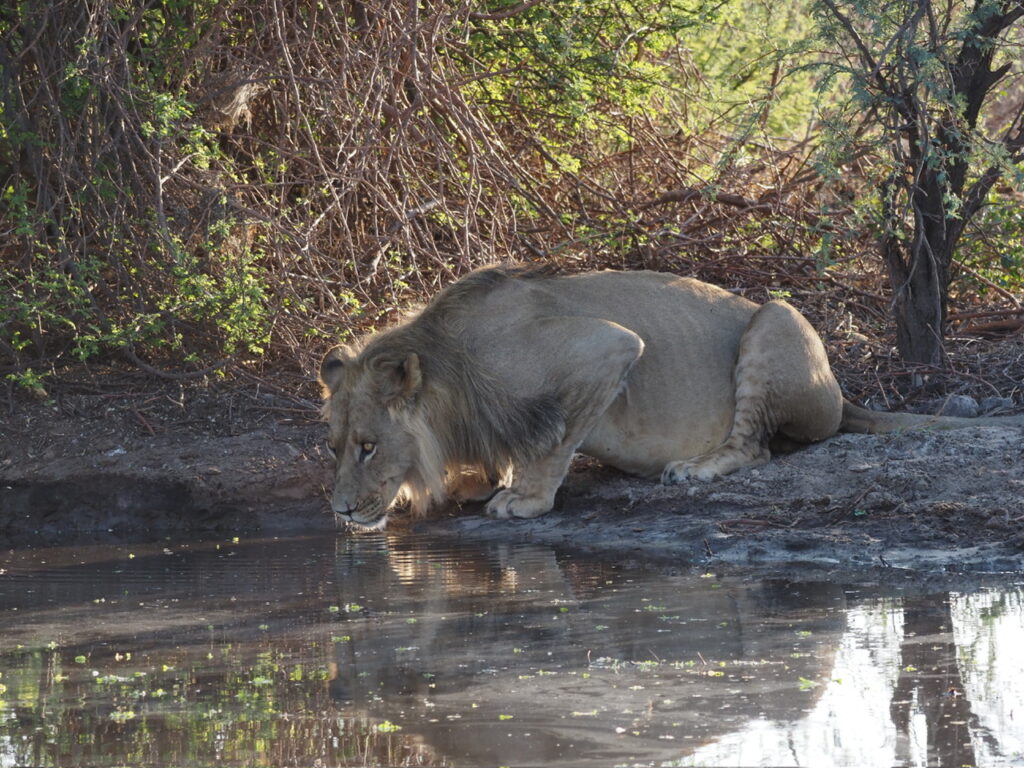



There is not much happening this morning. It is exceedingly hot and most of the game has gone to ground. Our spotter does see two cheetahs in the distance but they disappear into the scrub when they see us approaching. We catch a fleeting glimpse of a honey badger, see some jackals, steenbok, springboks and spend ages trying to photograph an oryx that refuses to face us, but eventually persistence pays off and I do get a full body shot. The birdlife is slightly more co-operative.






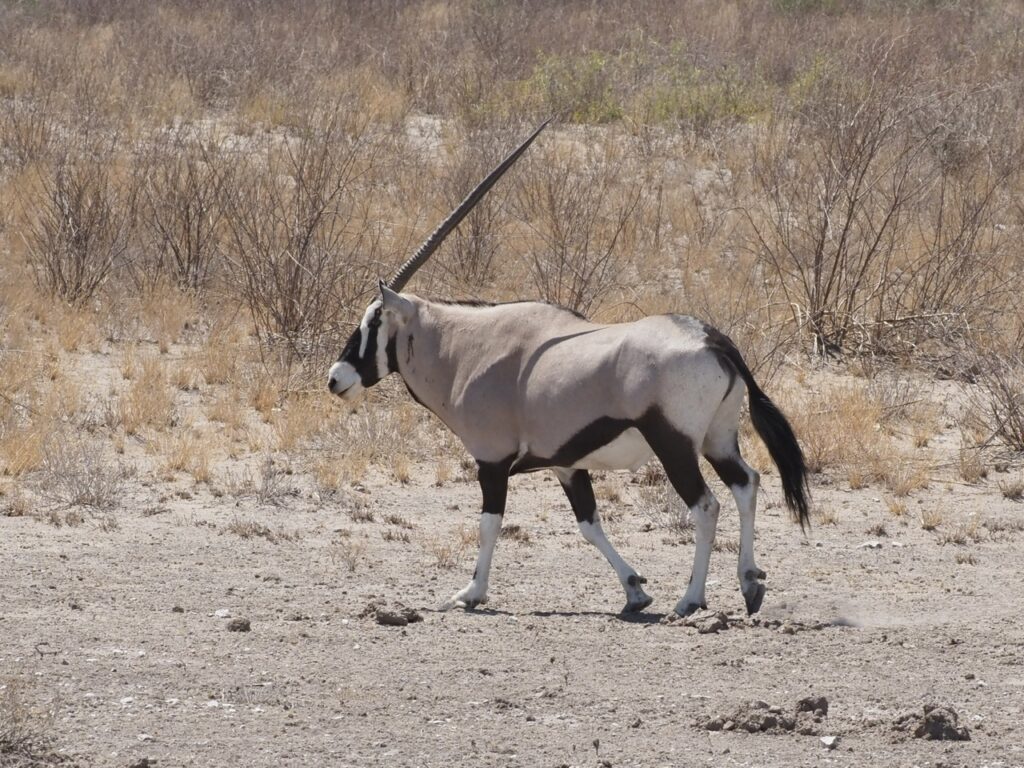
We are sharing the vehicle with another couple who are great company and there is a lot of banter and laughter. Although the game has been sparse, the landscape has been diverse and it was an enjoyable morning.
Siesta time provides good waterhole viewing.


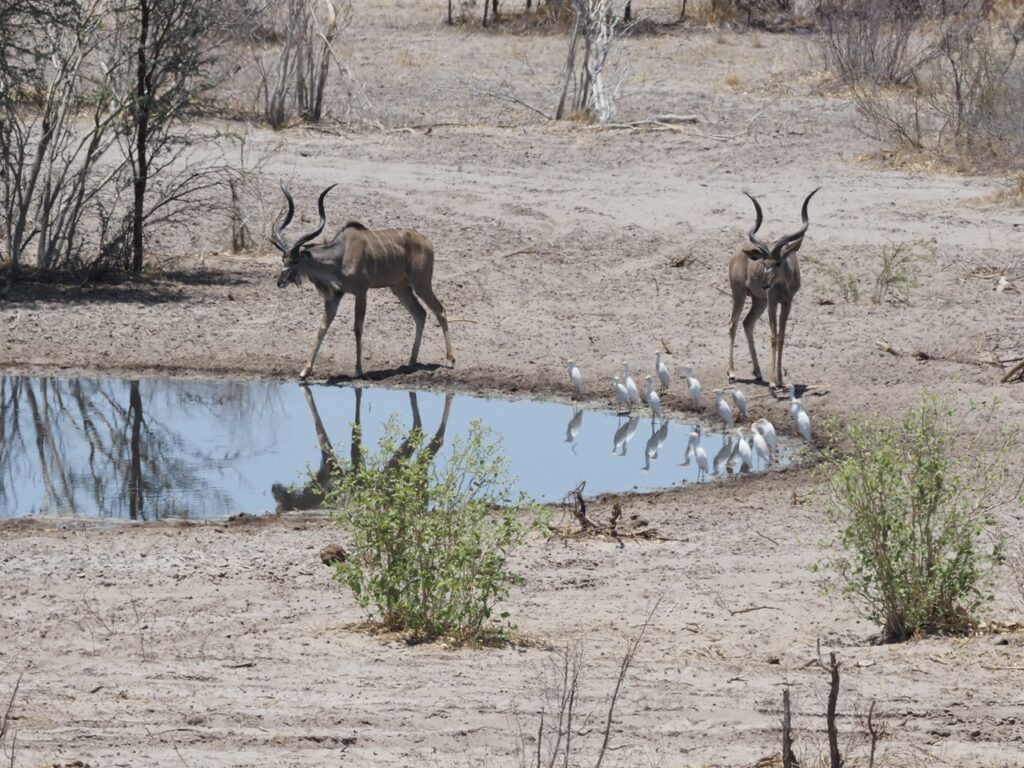
The highlight of the day has to be when we leave camp for our afternoon drive to find the pride we saw this morning chilling out by the room that the pilots use.
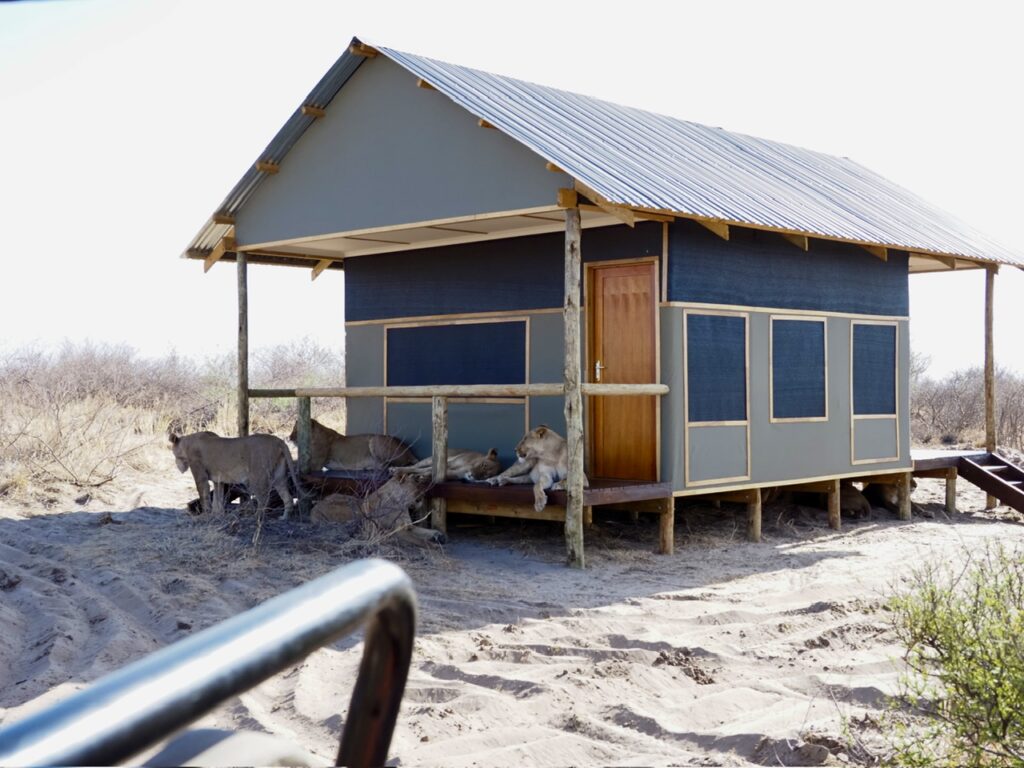

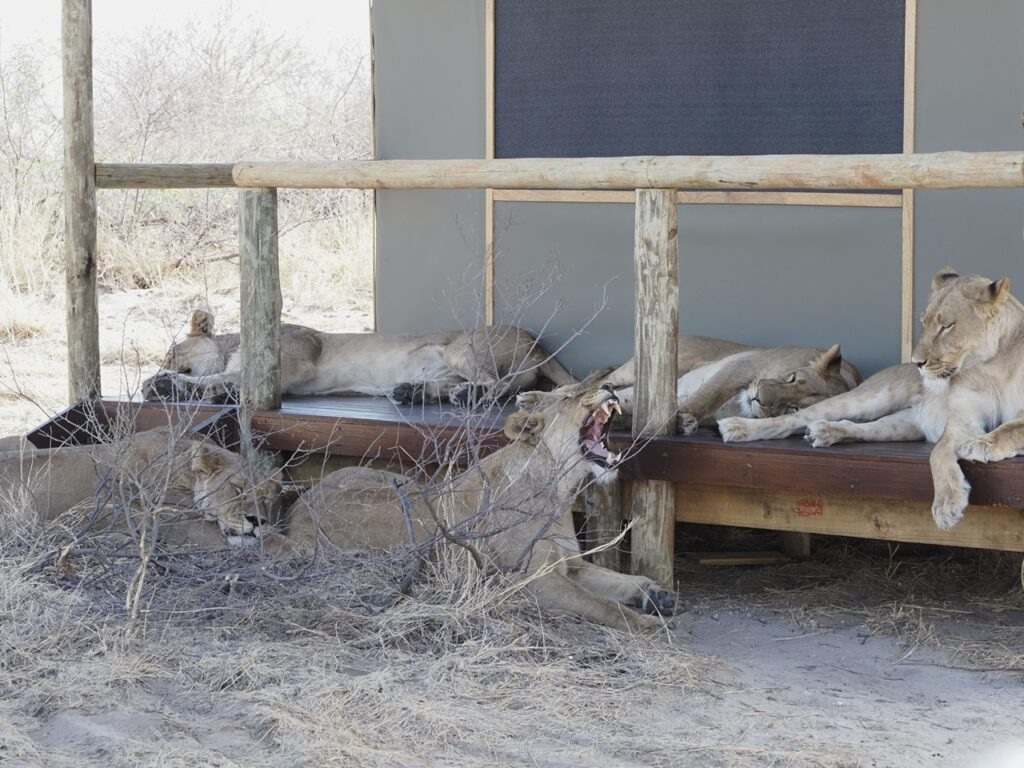


The afternoon provides even more lion activity with a lone male encounter….

… and some slightly more co-operative oryx.


Sunset gifts us some nicely silhouetted giraffes and another excuse to chat and drink G&T.

Next day we head out on our own with our guide called Skills and tracker ‘G’, who has absolute hawk sharp eyesight. We are going to Deception Valley, which we know is a long drive, but we think should make for an interesting day out.
Two male lions are drinking in the waterhole as we leave. They are intruders – look skinny and need to be quick before they are spotted by the resident prides.
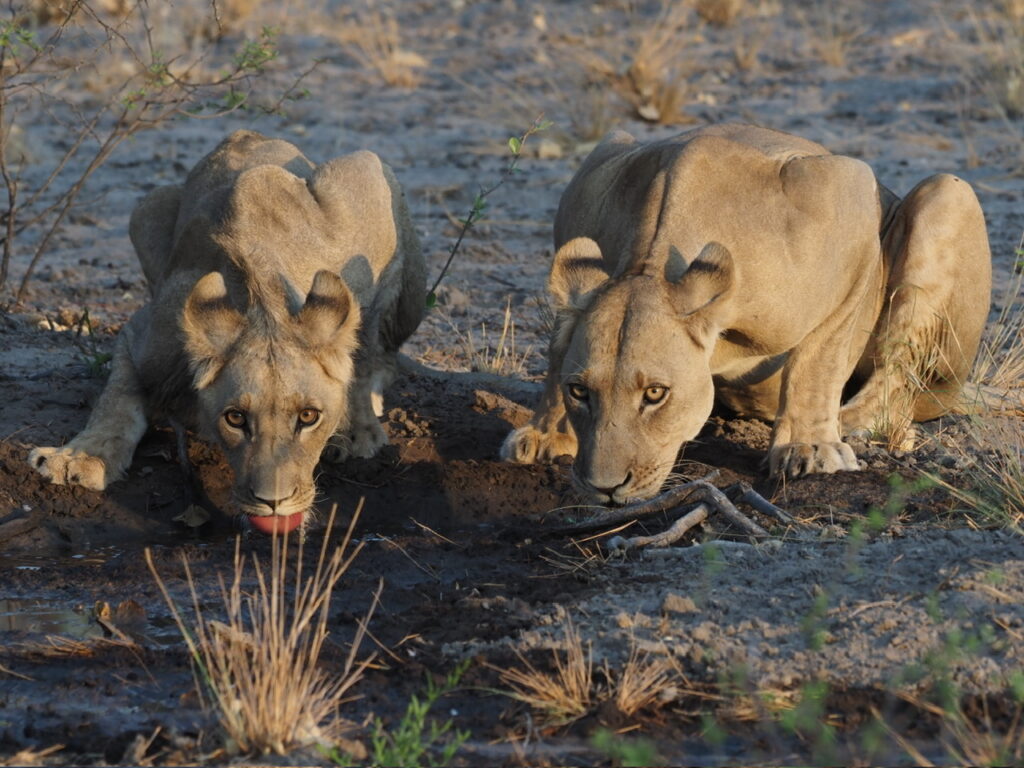
The day starts out overcast and slightly cooler which is good. We drive for a couple of hours only seeing steenbok, ground squirrels…

…and a honey badger, which was quick and distant but still good to see.
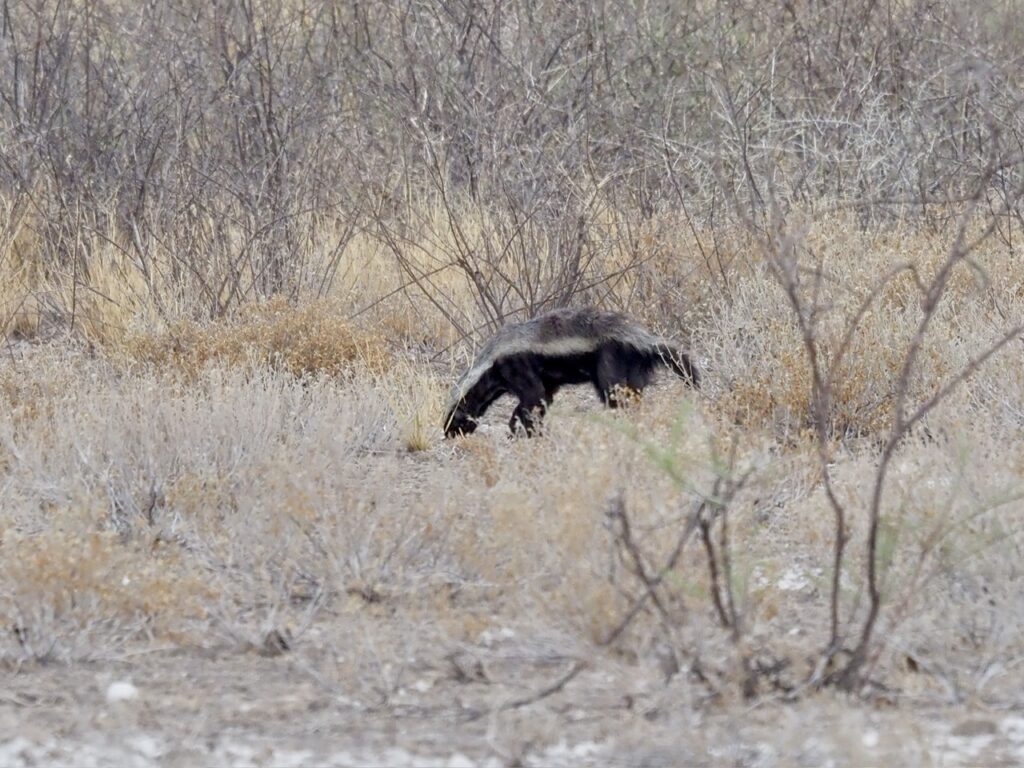
We arrive at a waterhole where there is a herd of oryx, warthogs and three lions which disappear into the bush.
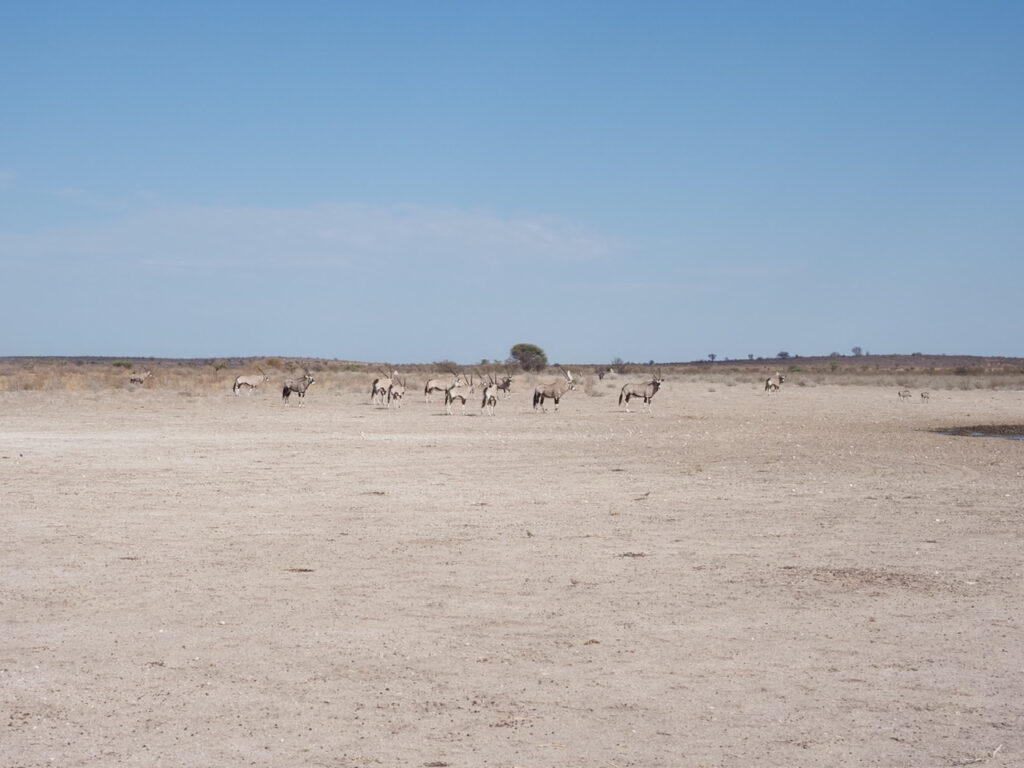

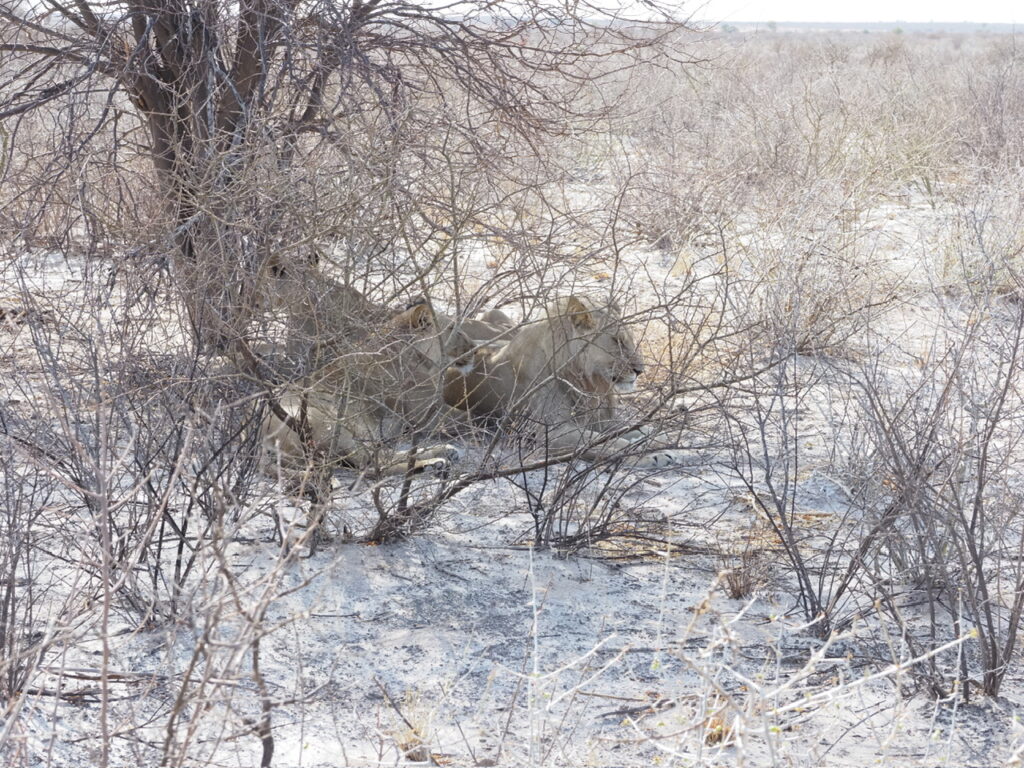

The highlight is watching two oryx fighting. They are really going for it.
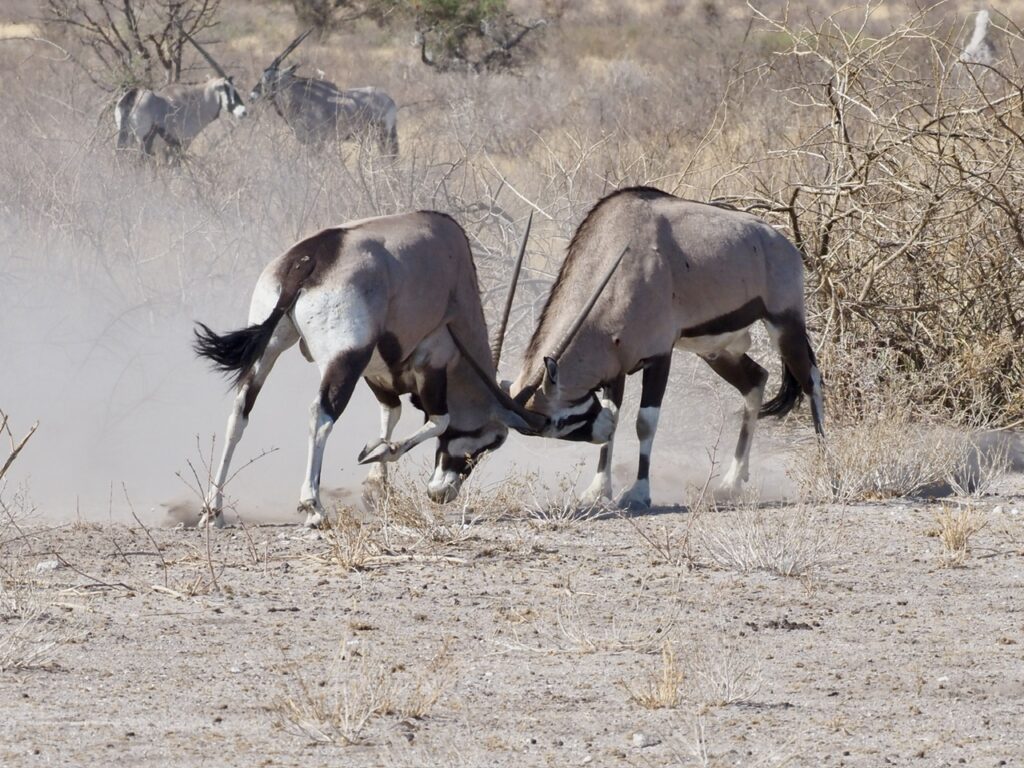
An hour later finds us under a tree drinking coffee. There is interesting birdlife here. White browed sparrow weavers build their nests in the tree above us. They have the most beautiful song and seem to have little fear of humans. They come very close indeed.

An eagle owl reluctantly poses.

The recent brief rain is enough to make the desert blossom. Beautiful yellow and white flowers are appearing and the desert will soon be ablaze.


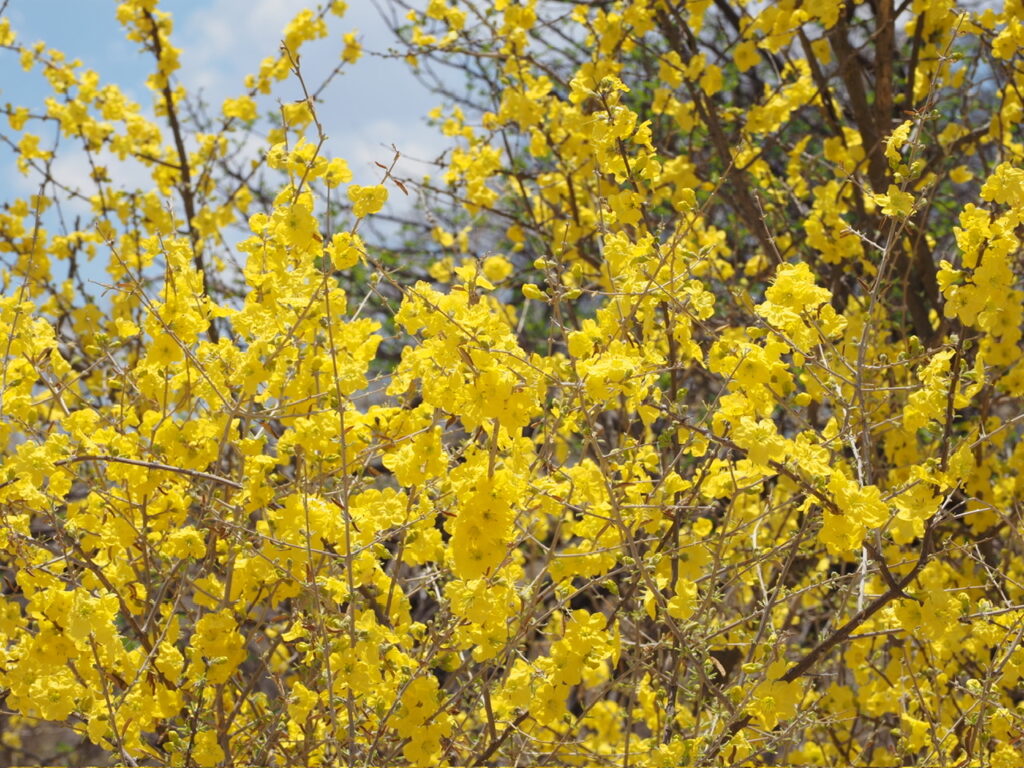
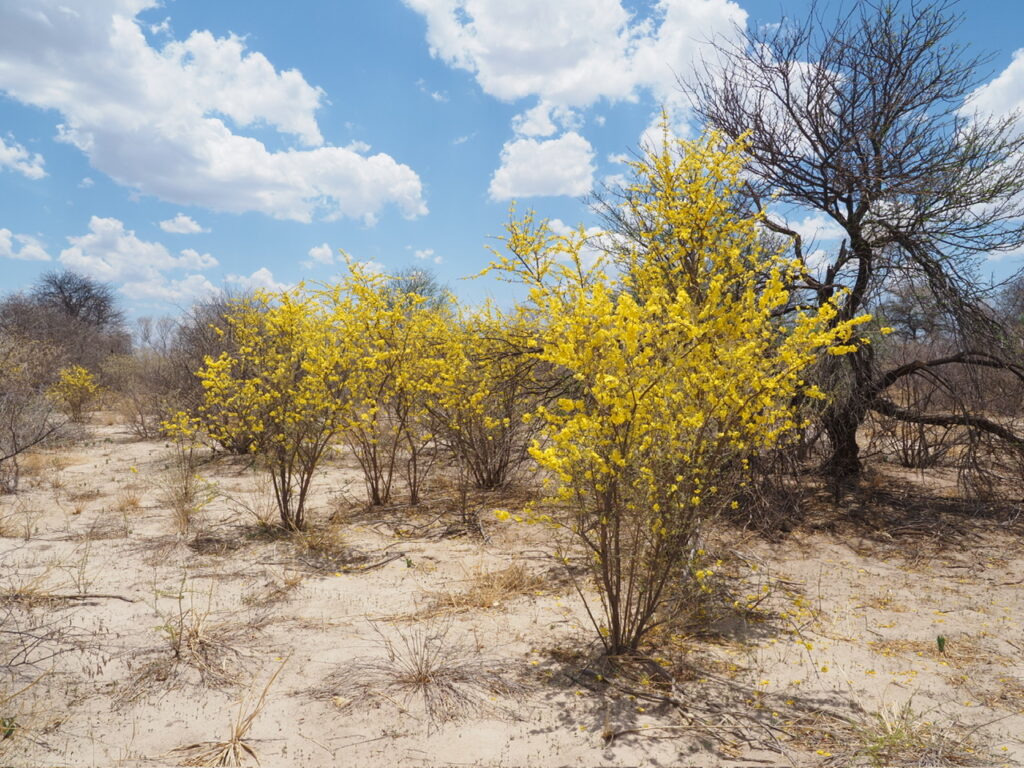
A huge male kori bustard takes to flight and a smaller female searches in the undergrowth.
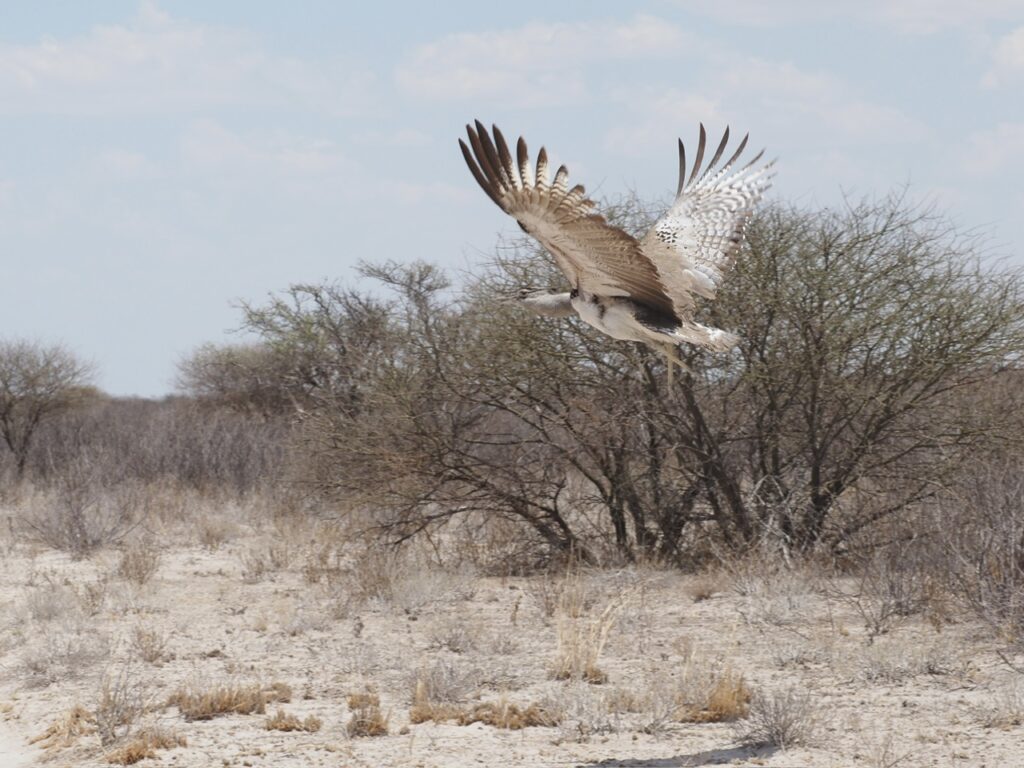

We have now been driving for 6 hours and apparently still have a way to go. I really want my lunch, but on our way to our picnic spot we are amazed to find a cheetah lying in the mud by a waterhole.
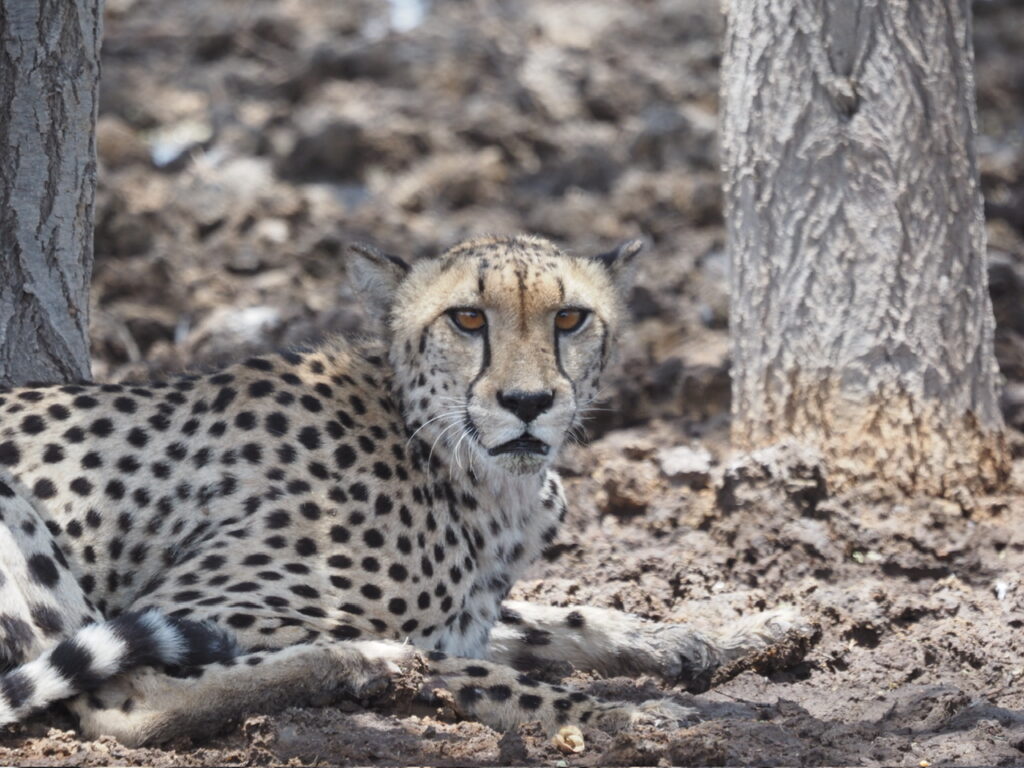
After a light lunch we continue on our way. It’s blisteringly hot – 40c+ and not much happening. A northern black korhaan calls loudly in the undergrowth and two African barred owlets are almost invisible in a leafless tree. Good spot by our tracker ‘G’.




Eight hours after leaving, we finally reach Deception Valley. There is very little to see apart from a mirage and vast pan stretching out before us. No valley that I can see. It’s probably not quite what we expected but we have had some interesting encounters en route. We settle down to what we think will be a tedious trip back, but are treated to another cheetah sighting. Two beautiful males chilling in the shade. They are young and in prime condition.
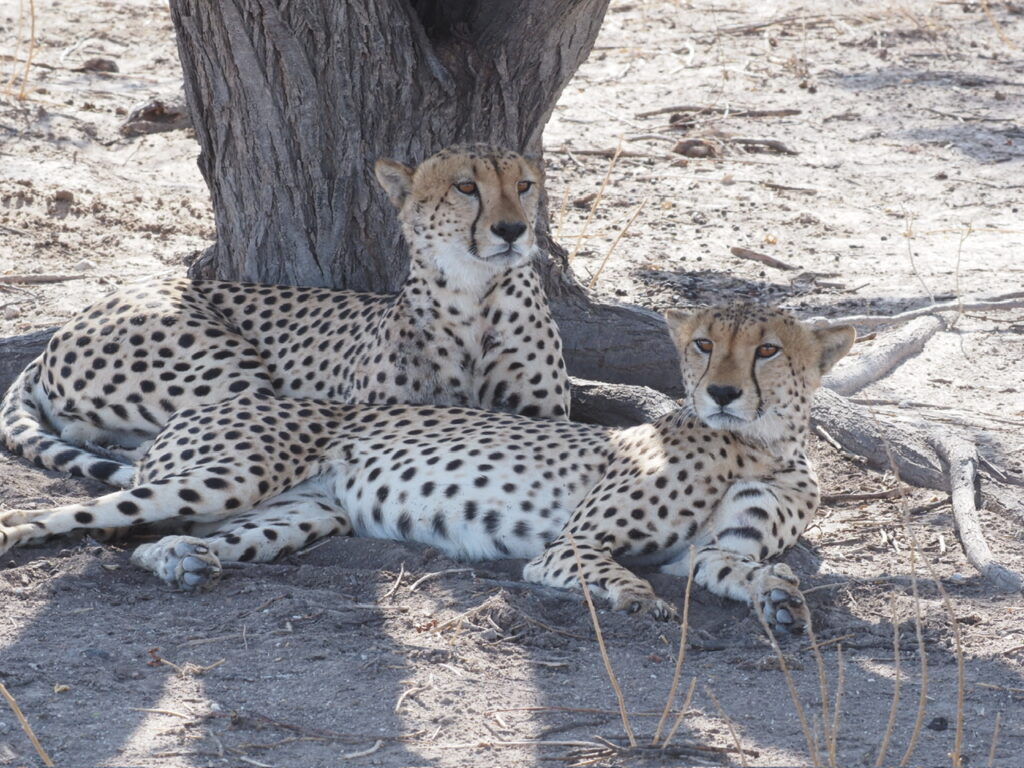

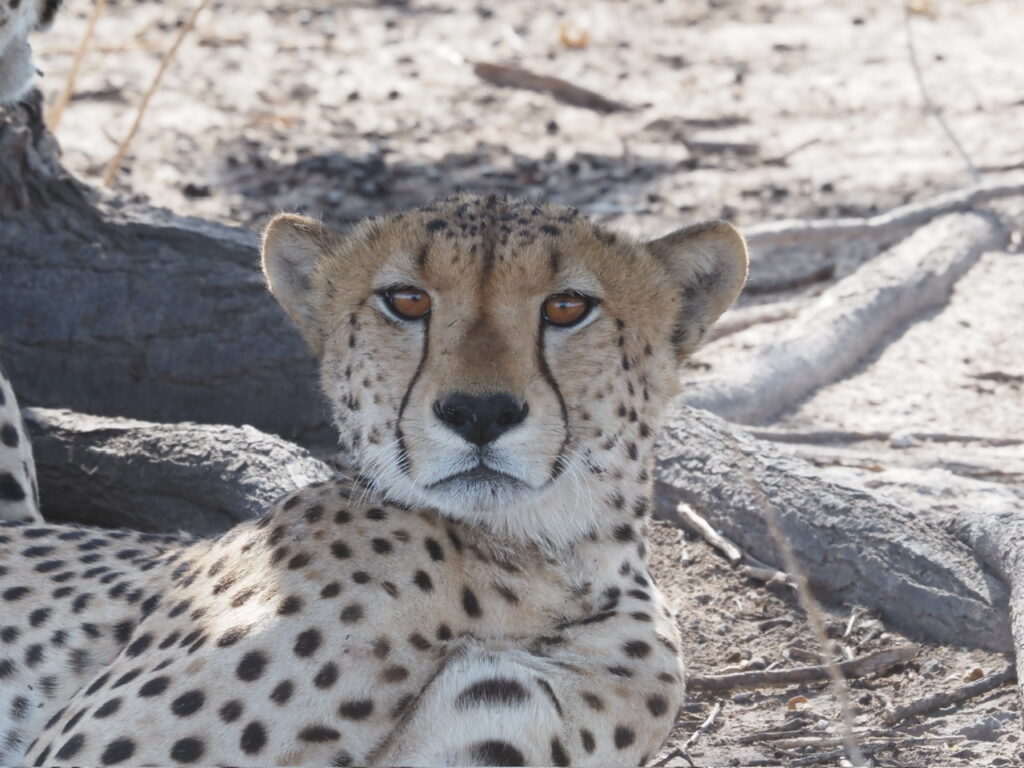

Fortunately the trip back to camp is much shorter. The area around Tau Pan always provides some interesting sightings. We spot giraffes and the female bat-eared fox with all four cubs. Goodness they are so adorable!
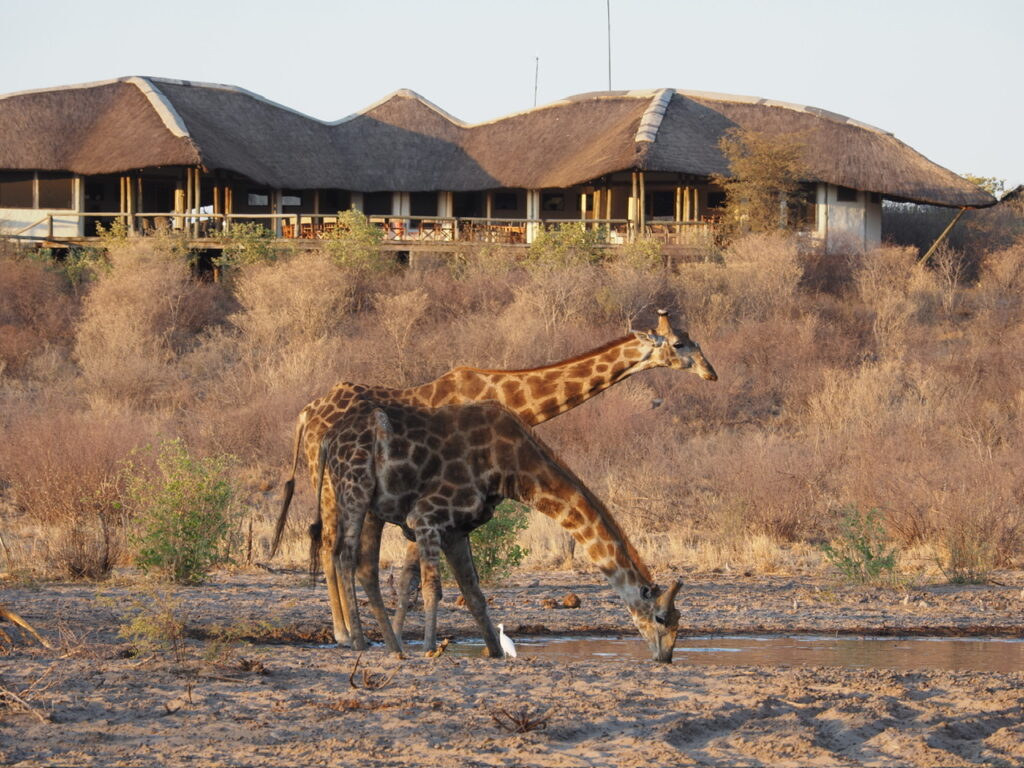

We finally arrive in camp at 18.15 – just a bit over 12 hours from when we started. The room and a much needed shower are calling! From the room we can see an elephant in the waterhole.
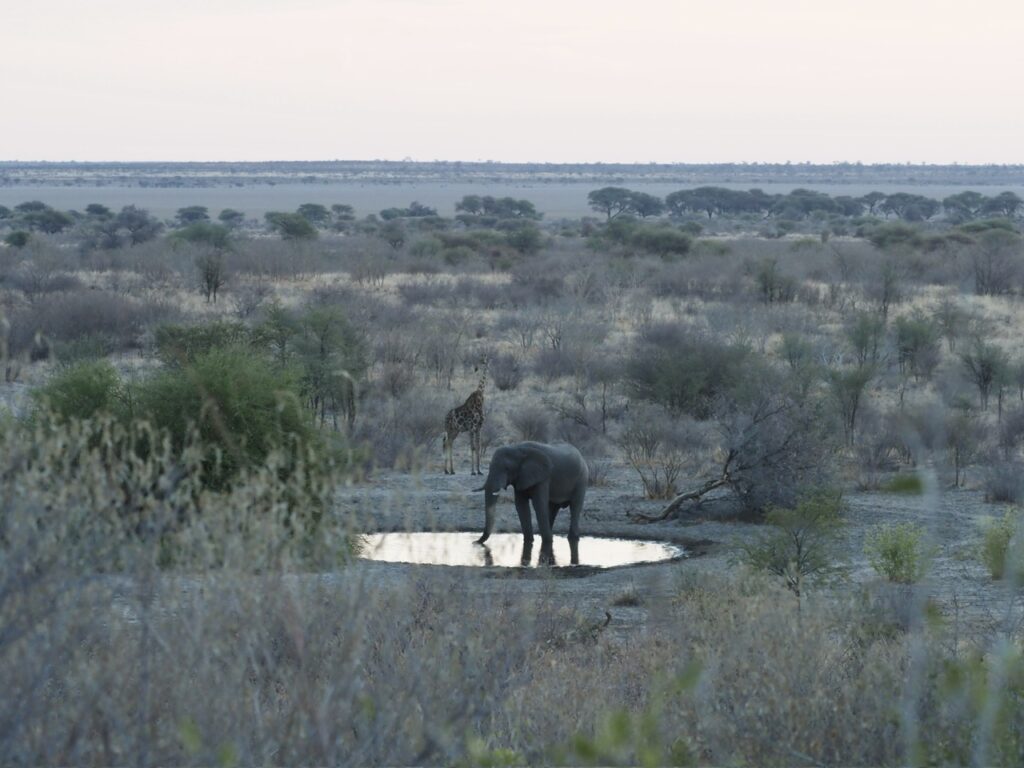
After freshening up we drink a G&T around the camp fire and watch the glorious African sunset.
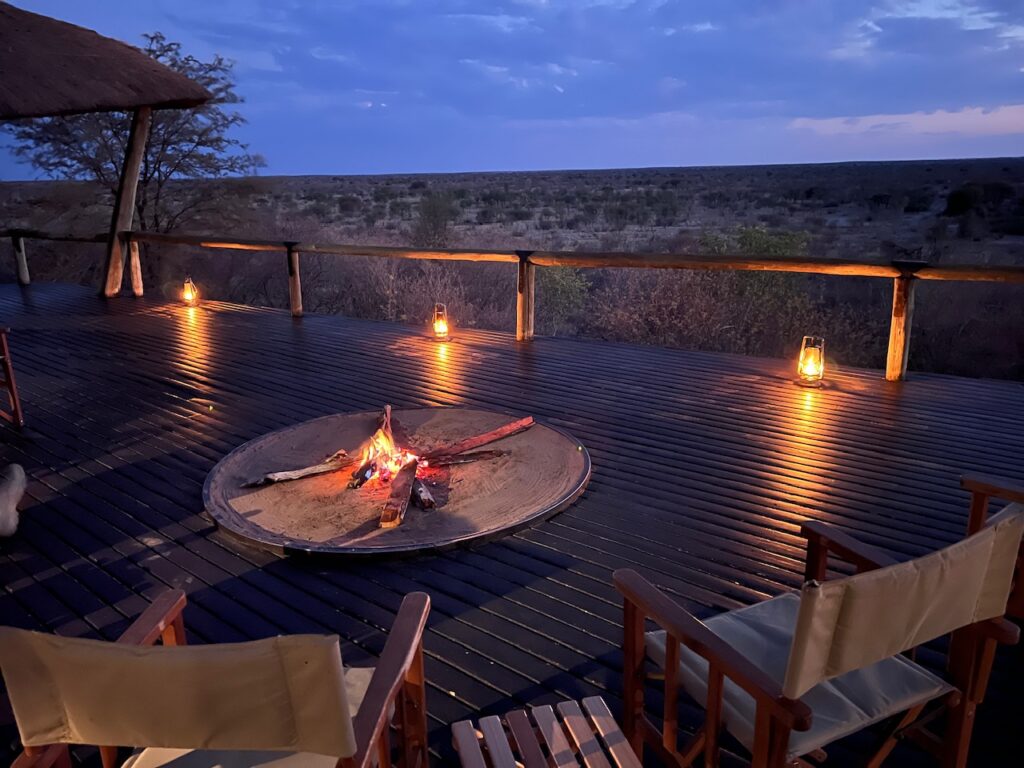

Our flight out in the morning is at 09.00. After such a long day we opt for a later breakfast and a relaxing start. We linger over our coffee and soak up the view. I spot a stunningly fluorescent sunbird.

What a superb way to finish our stay here. A truly remarkable lodge with the warmest and most welcoming staff – oh and very comfortable accommodation!









